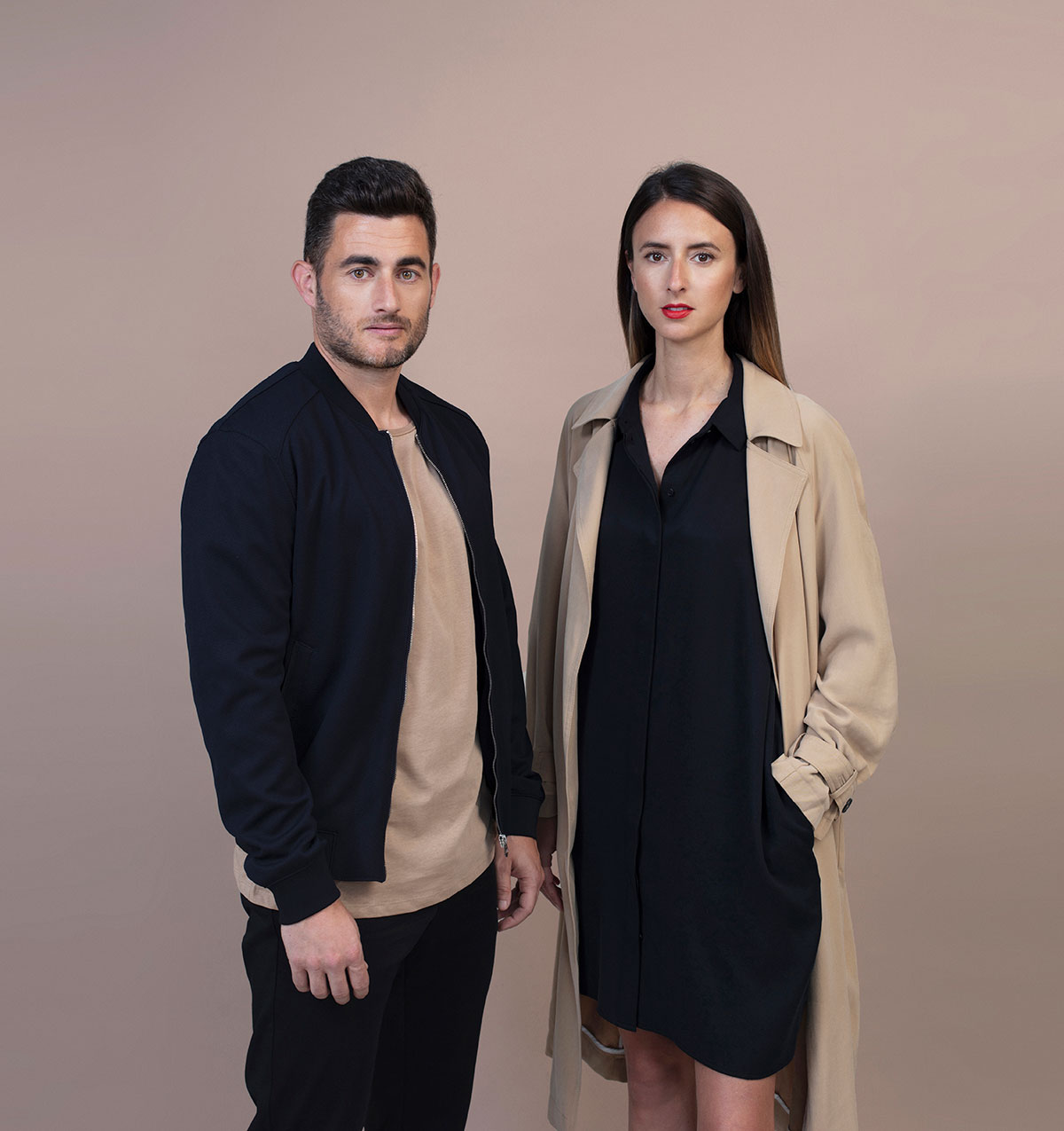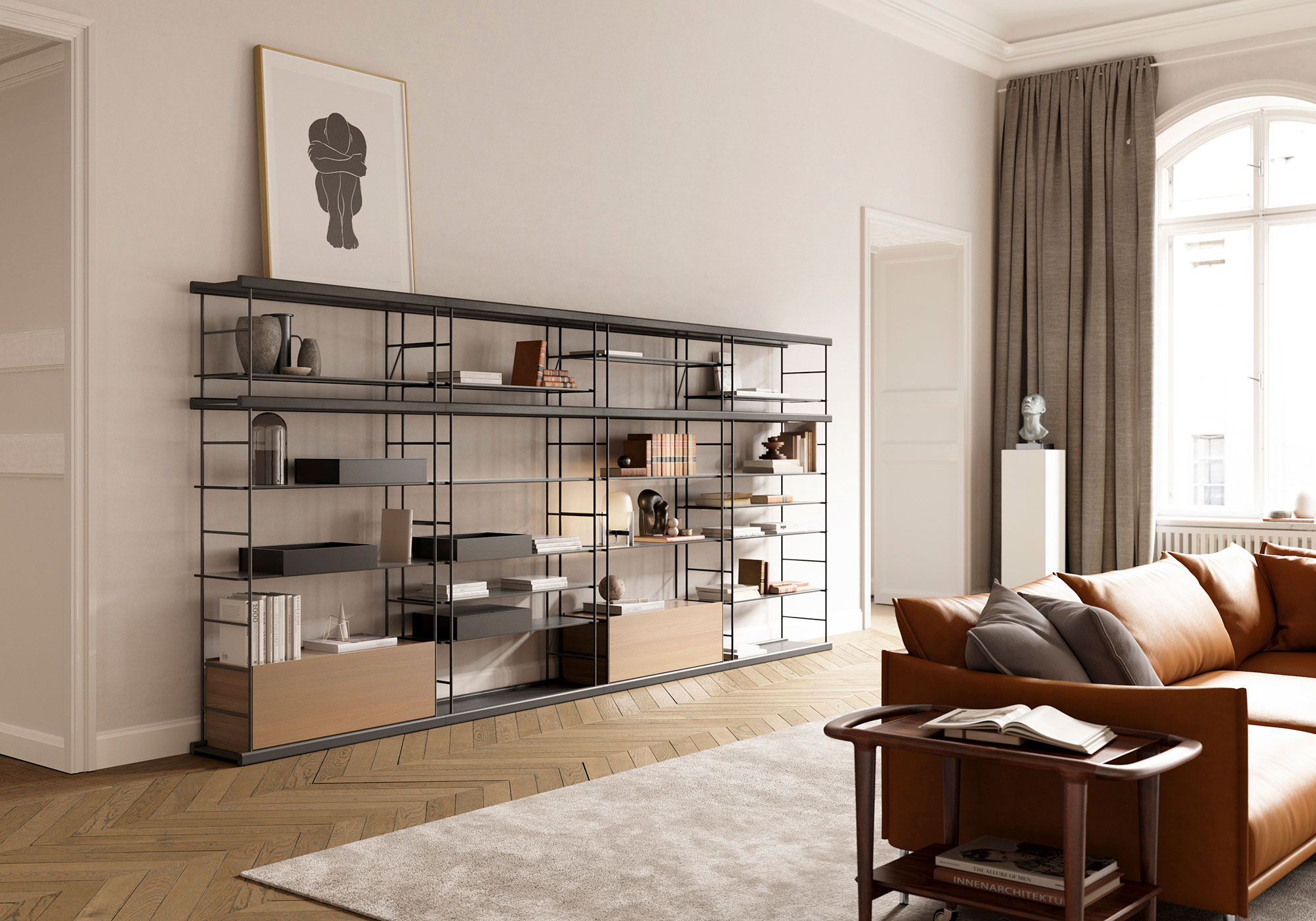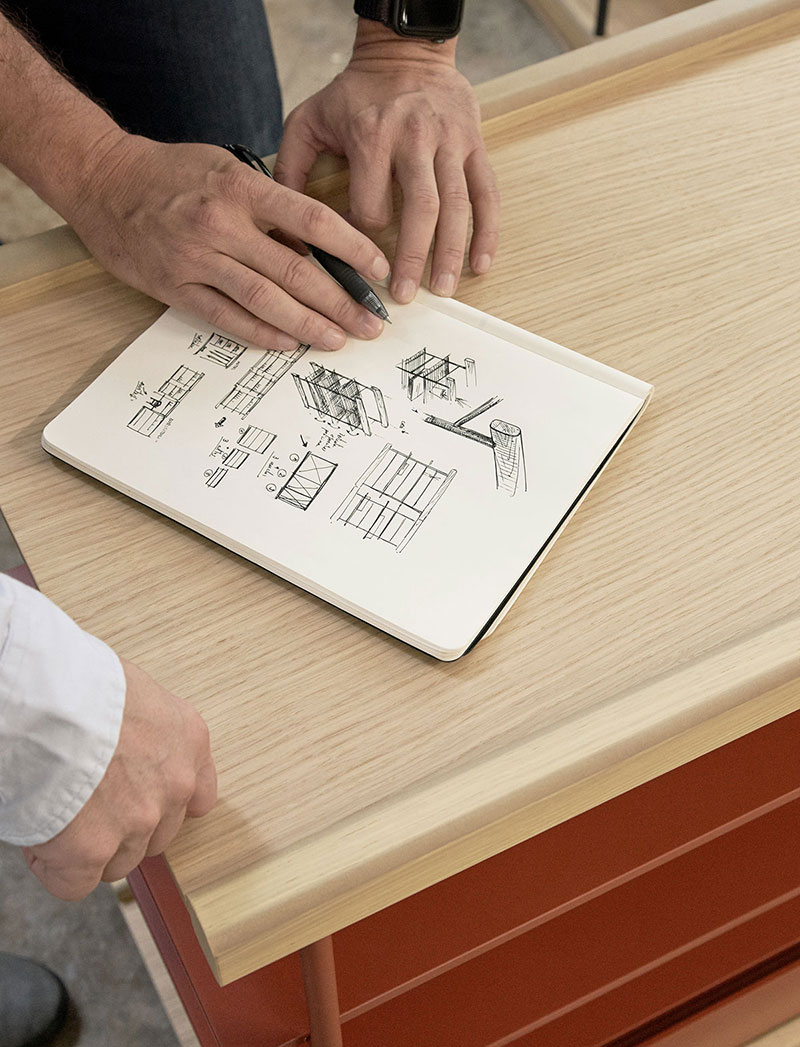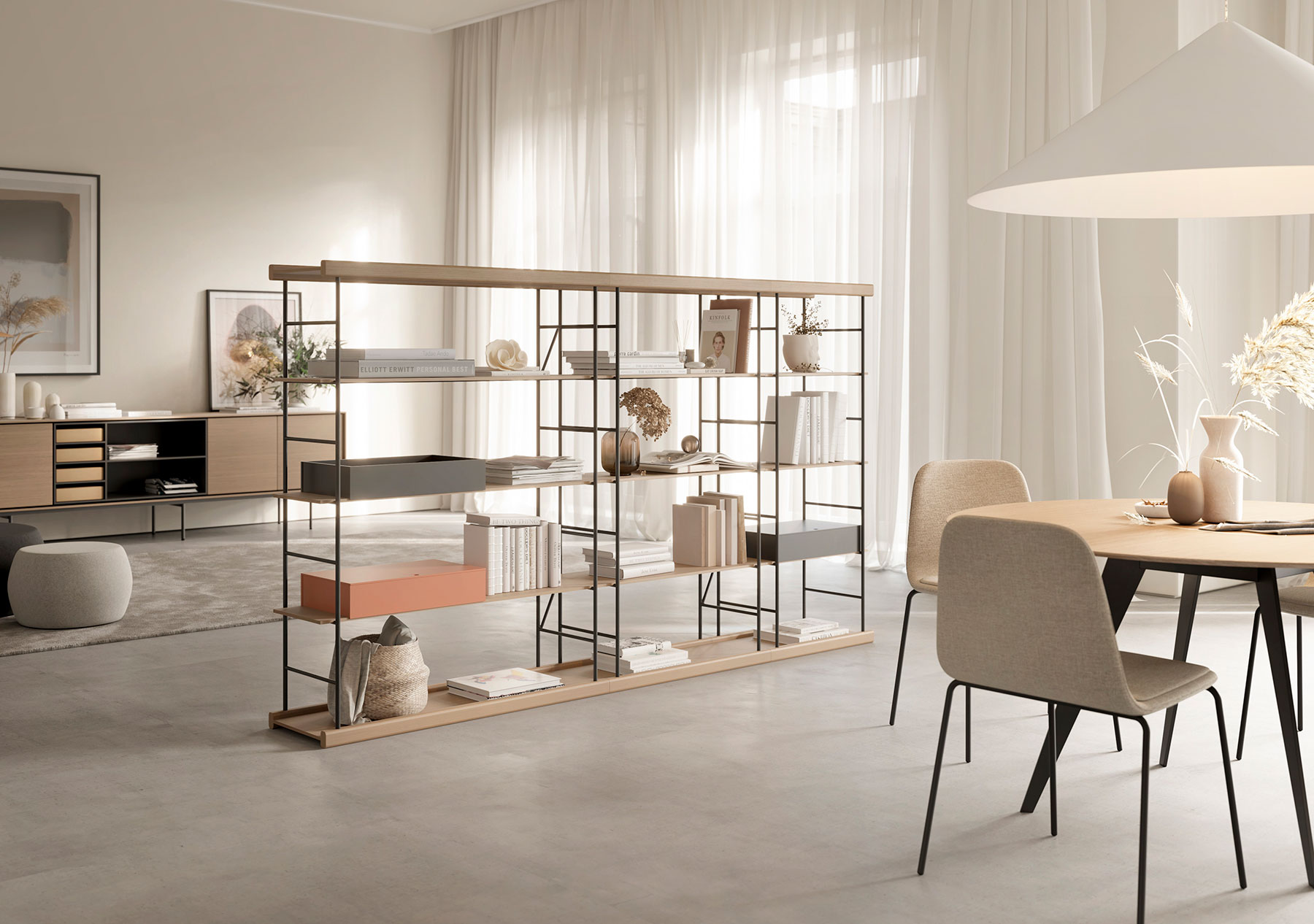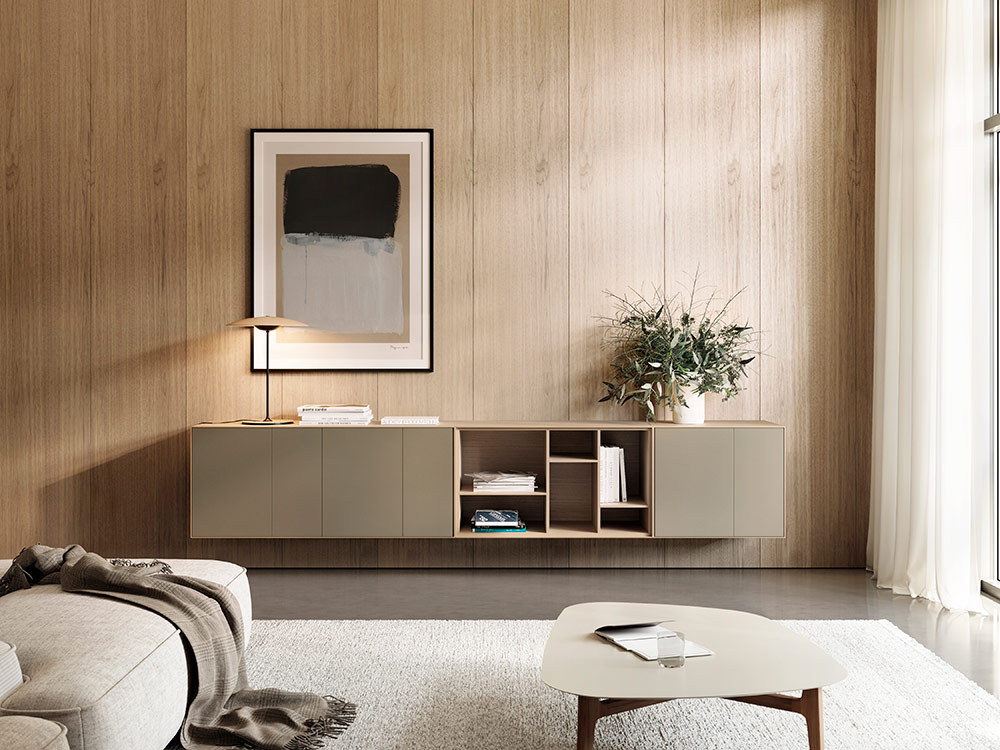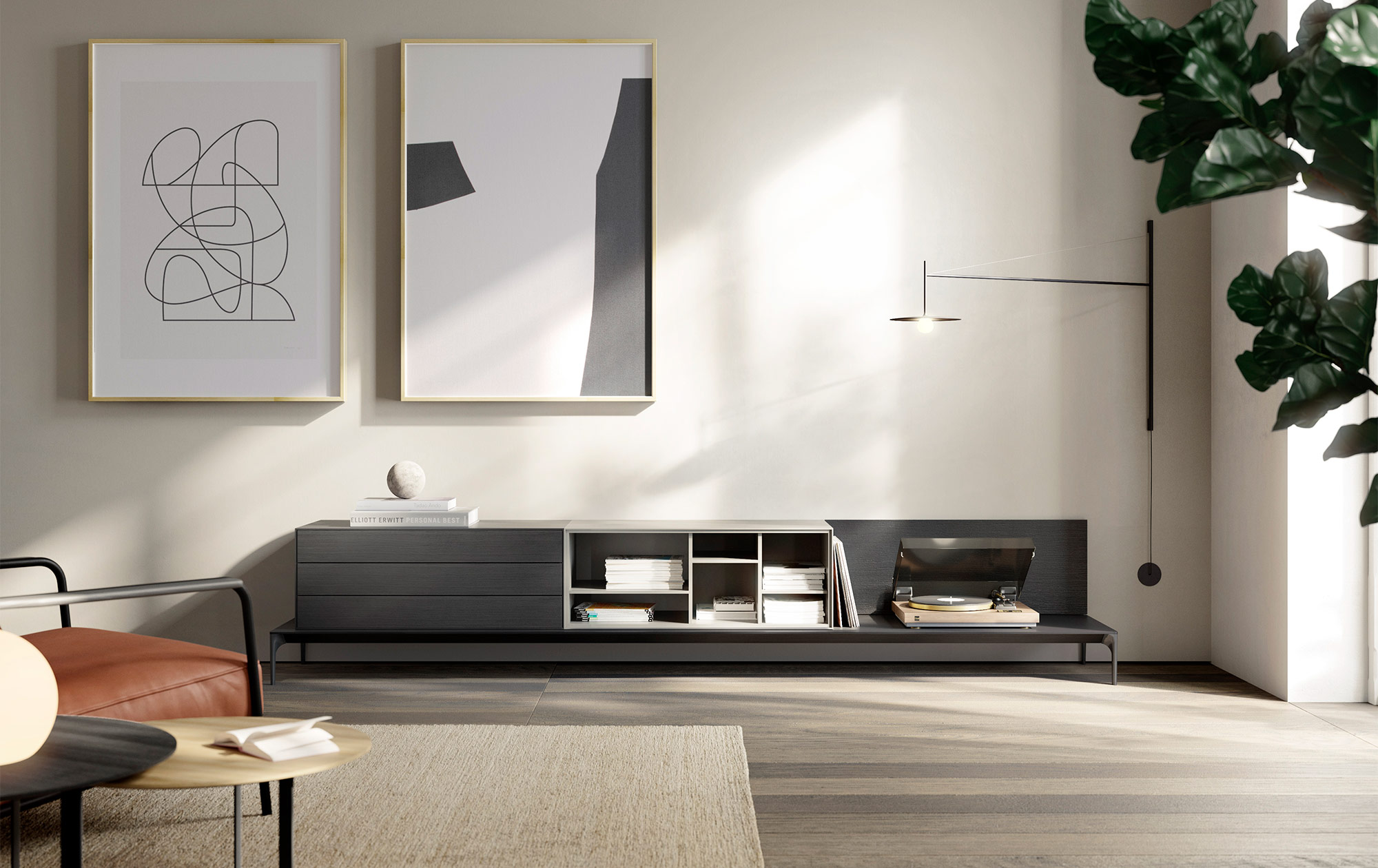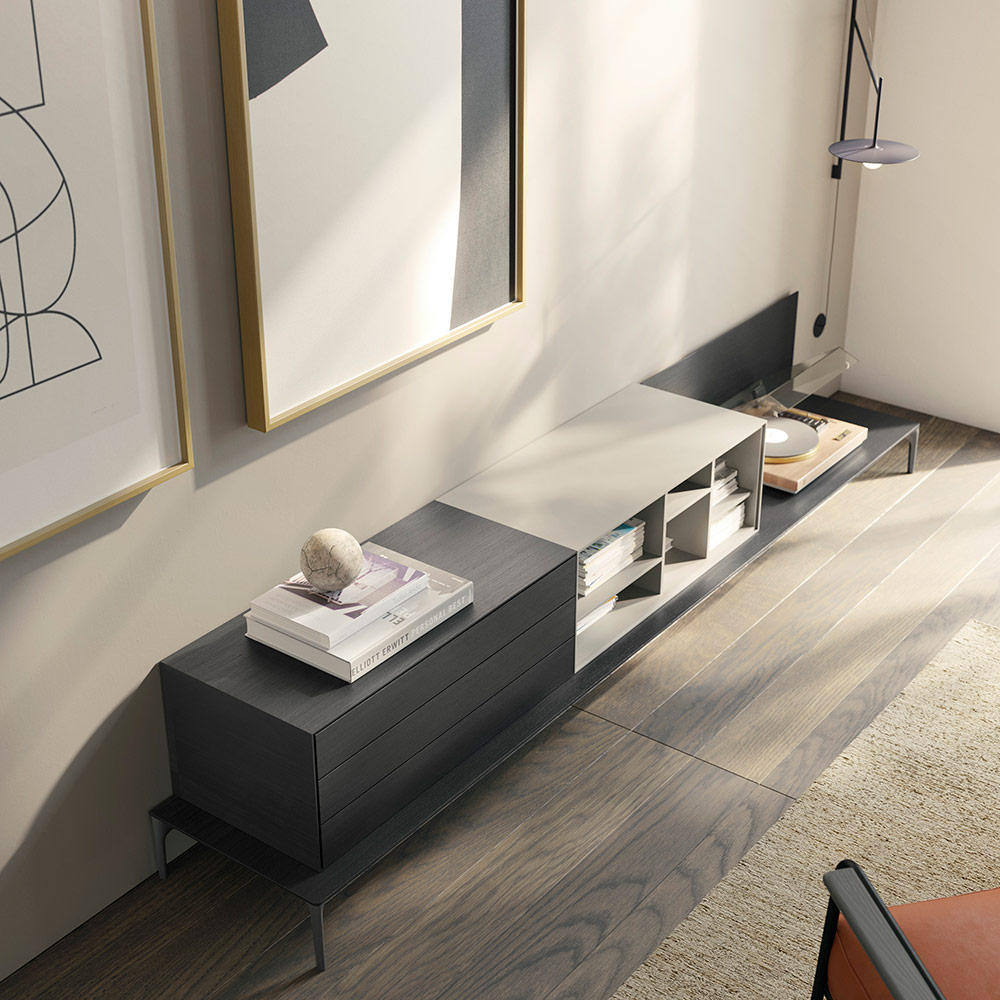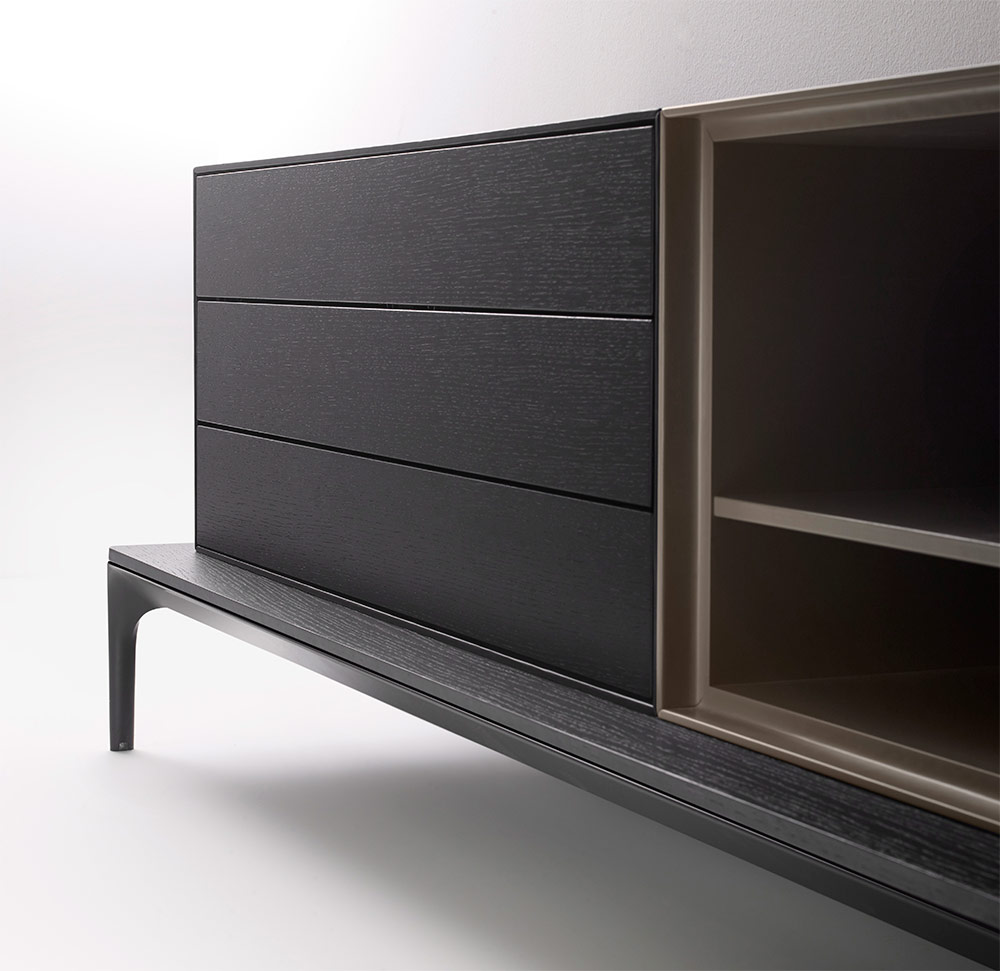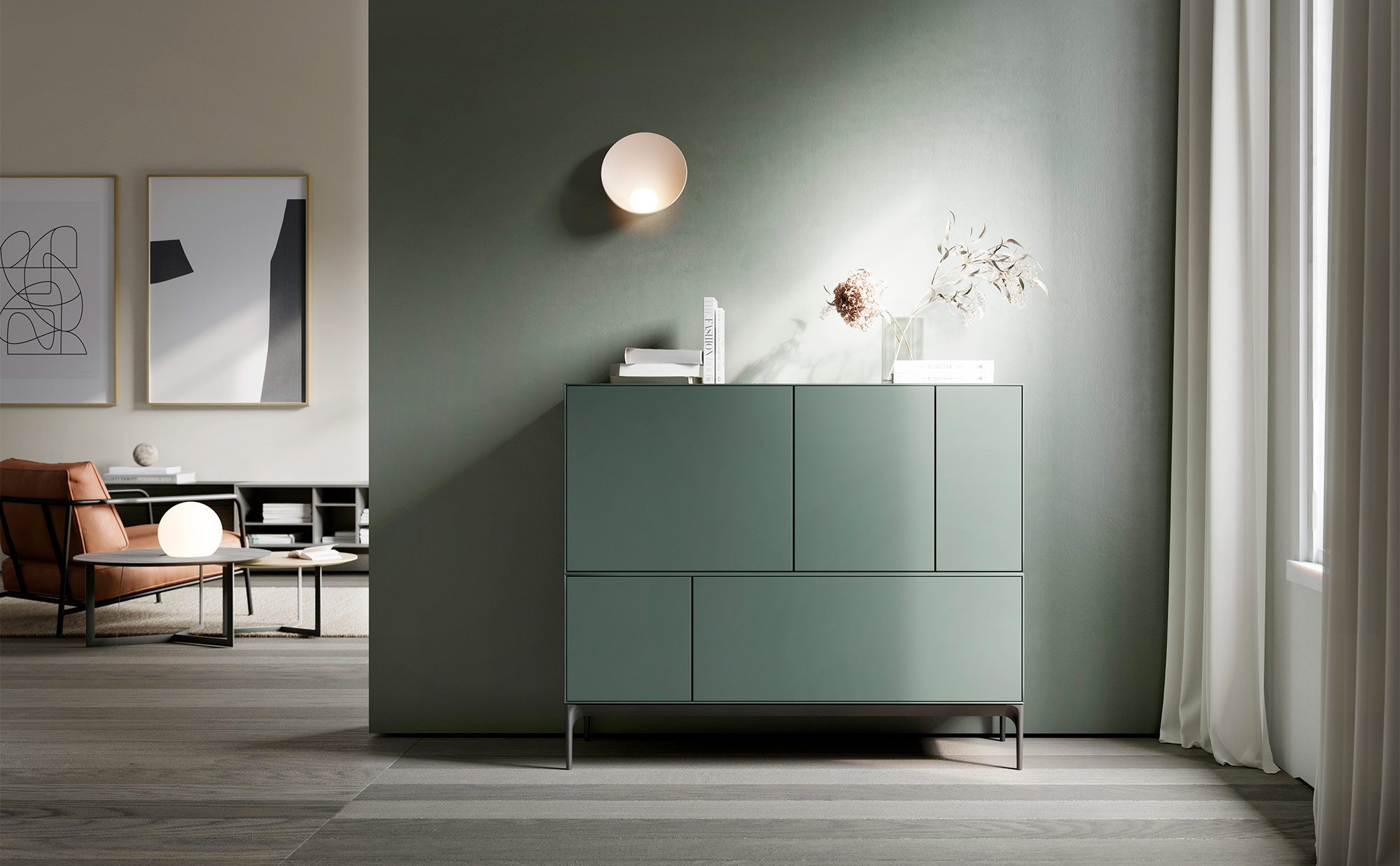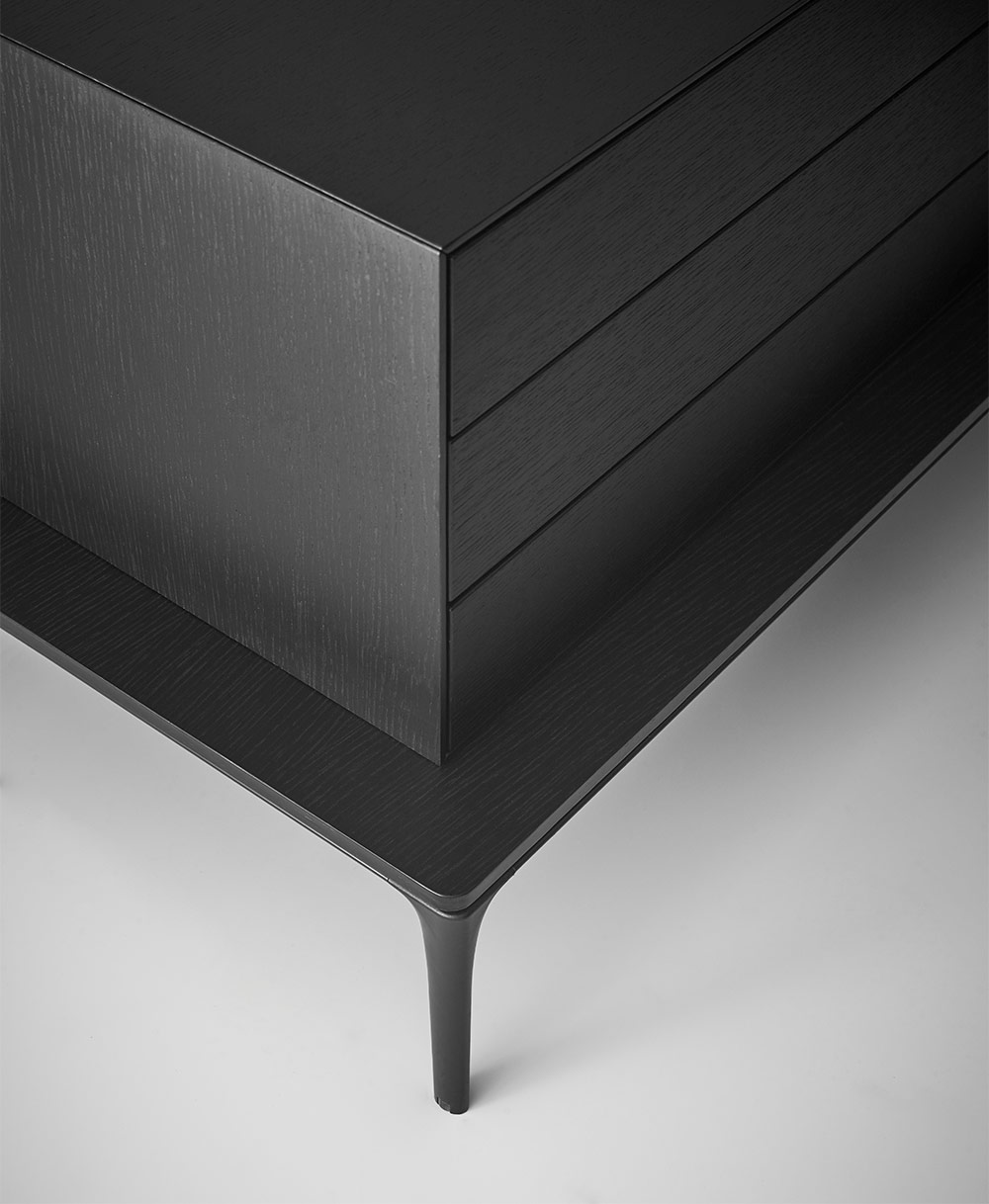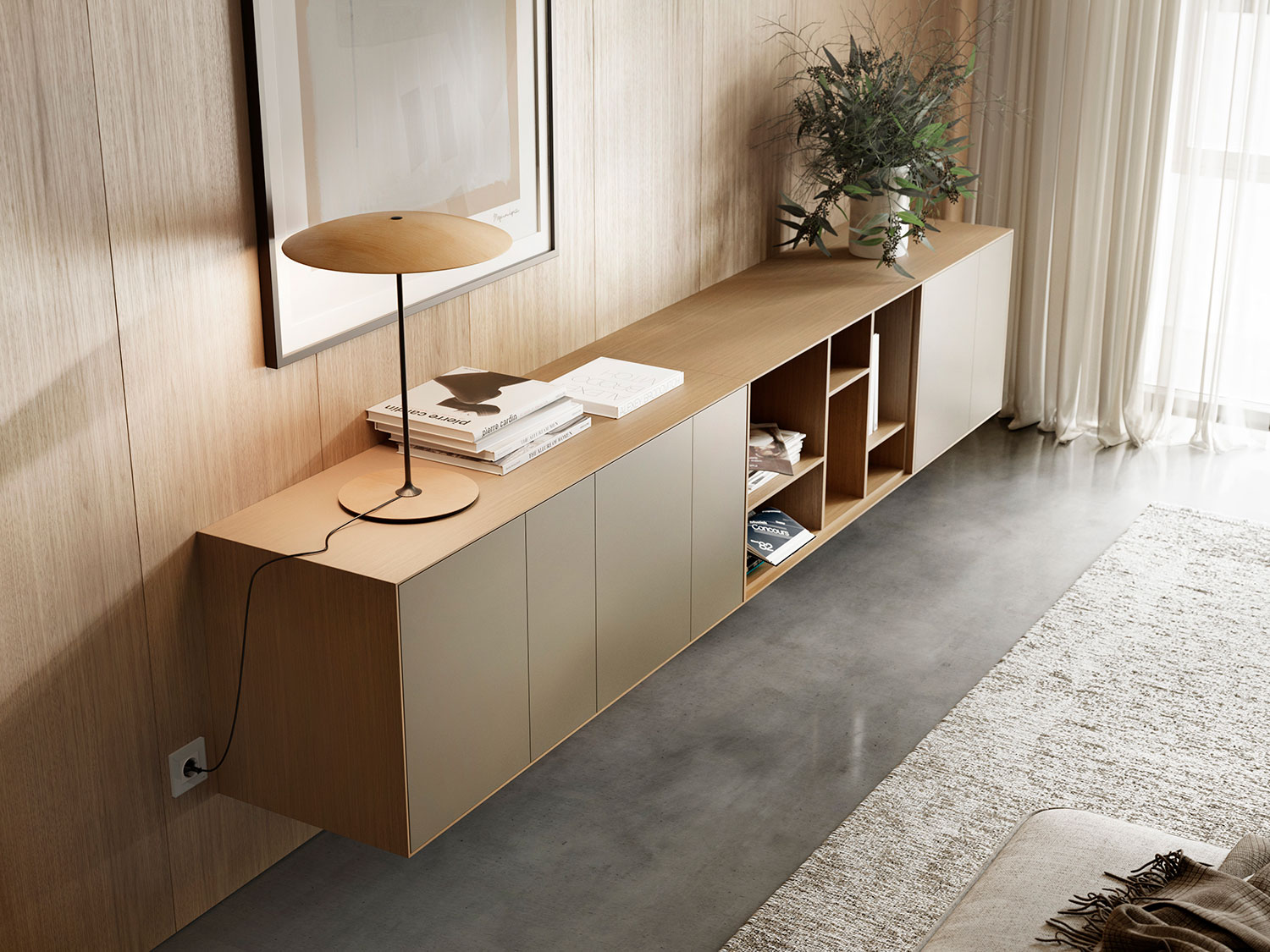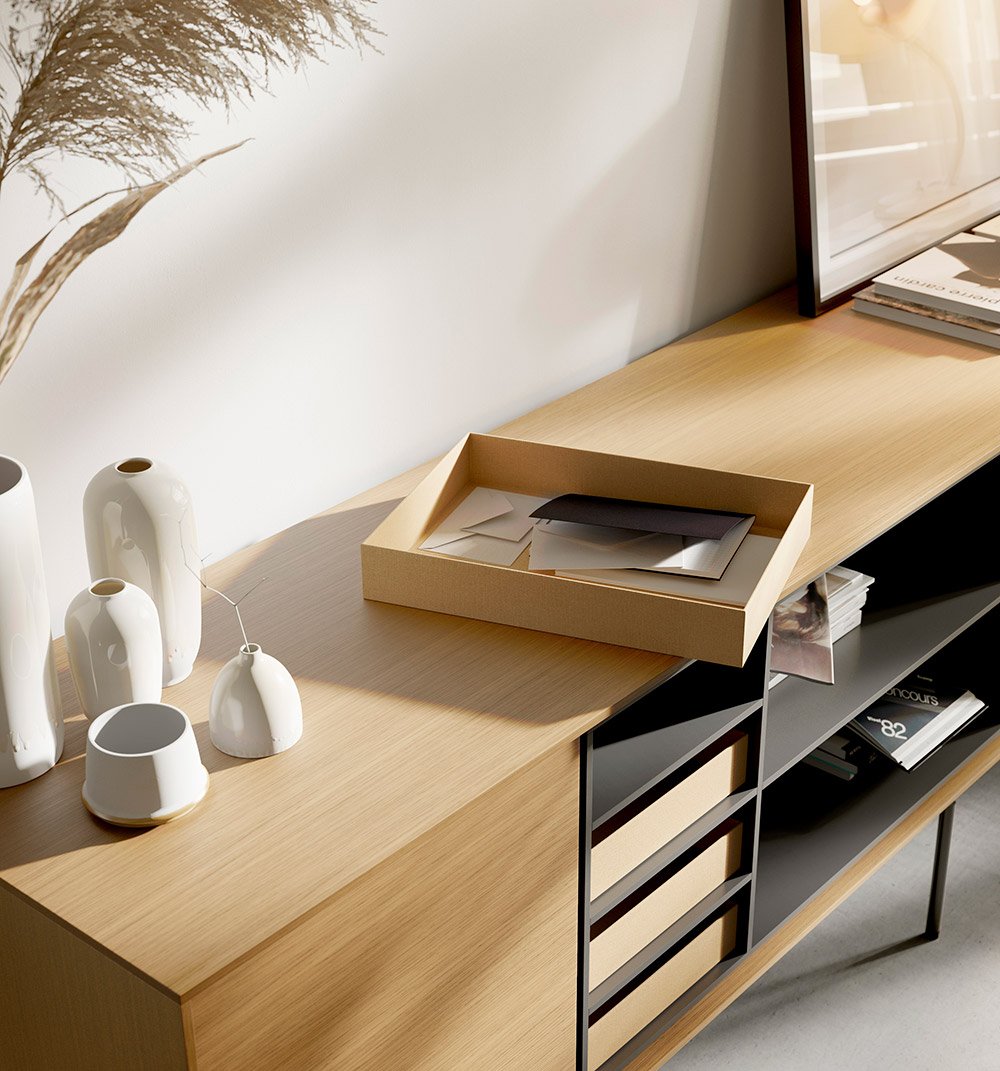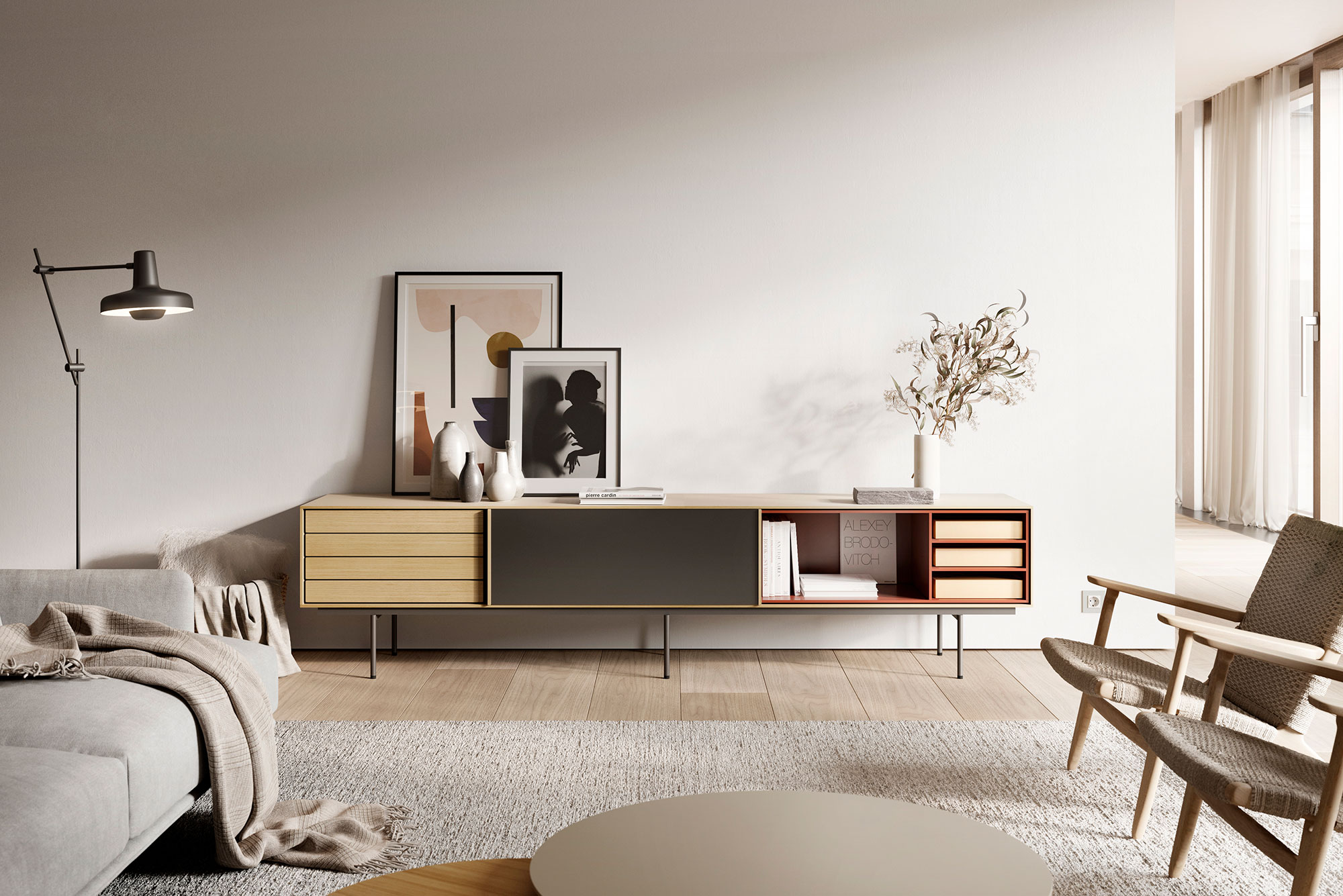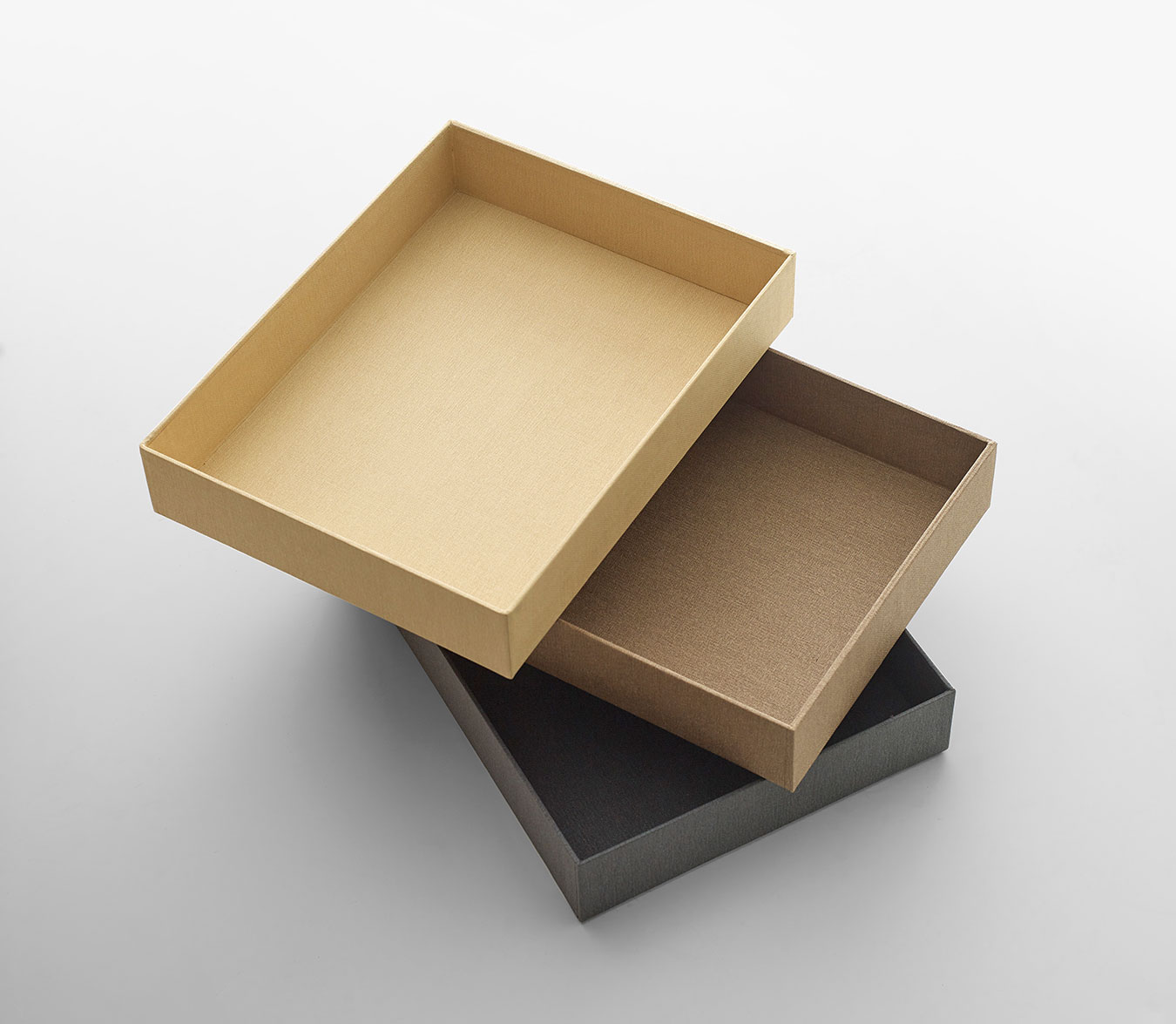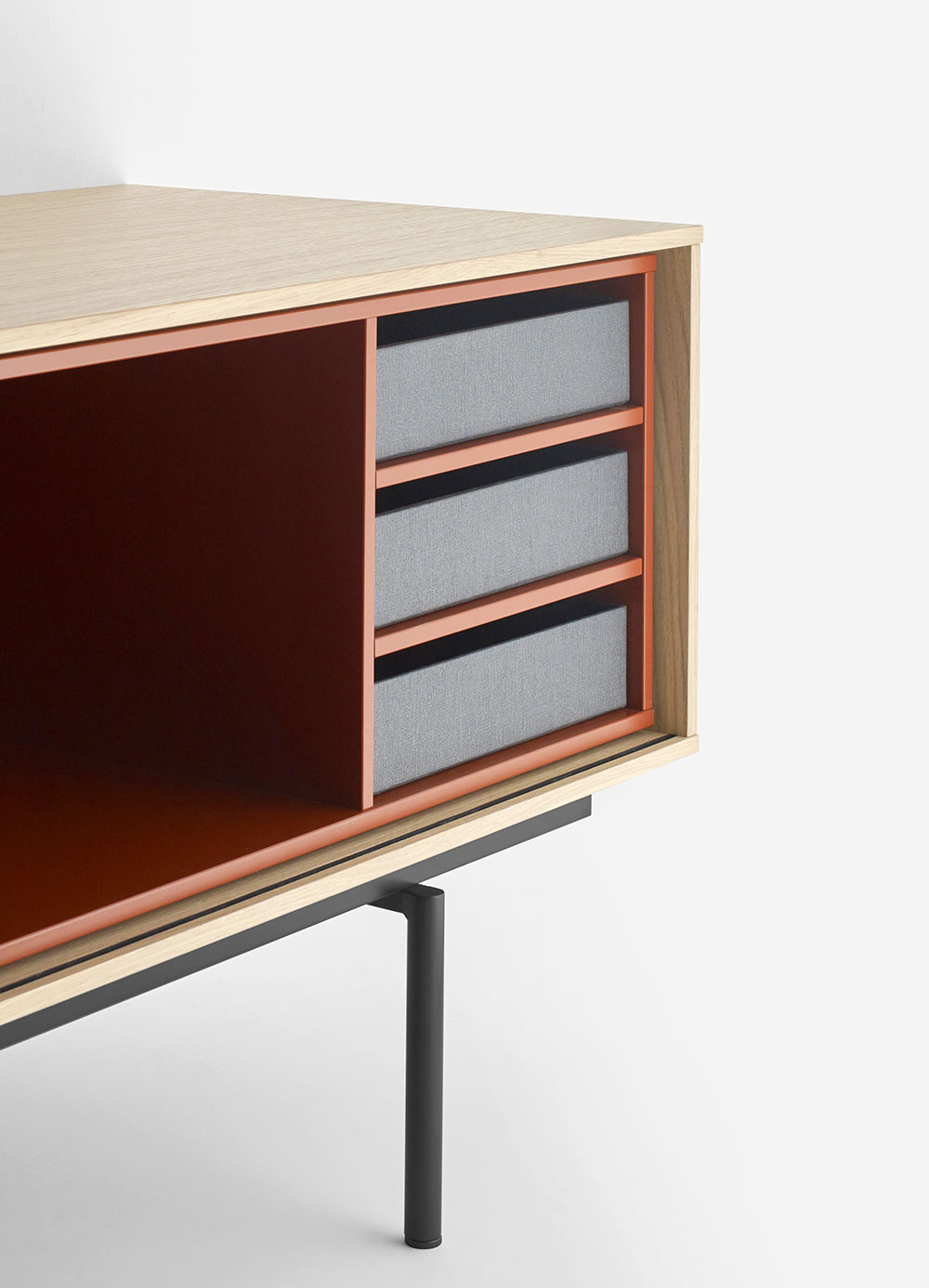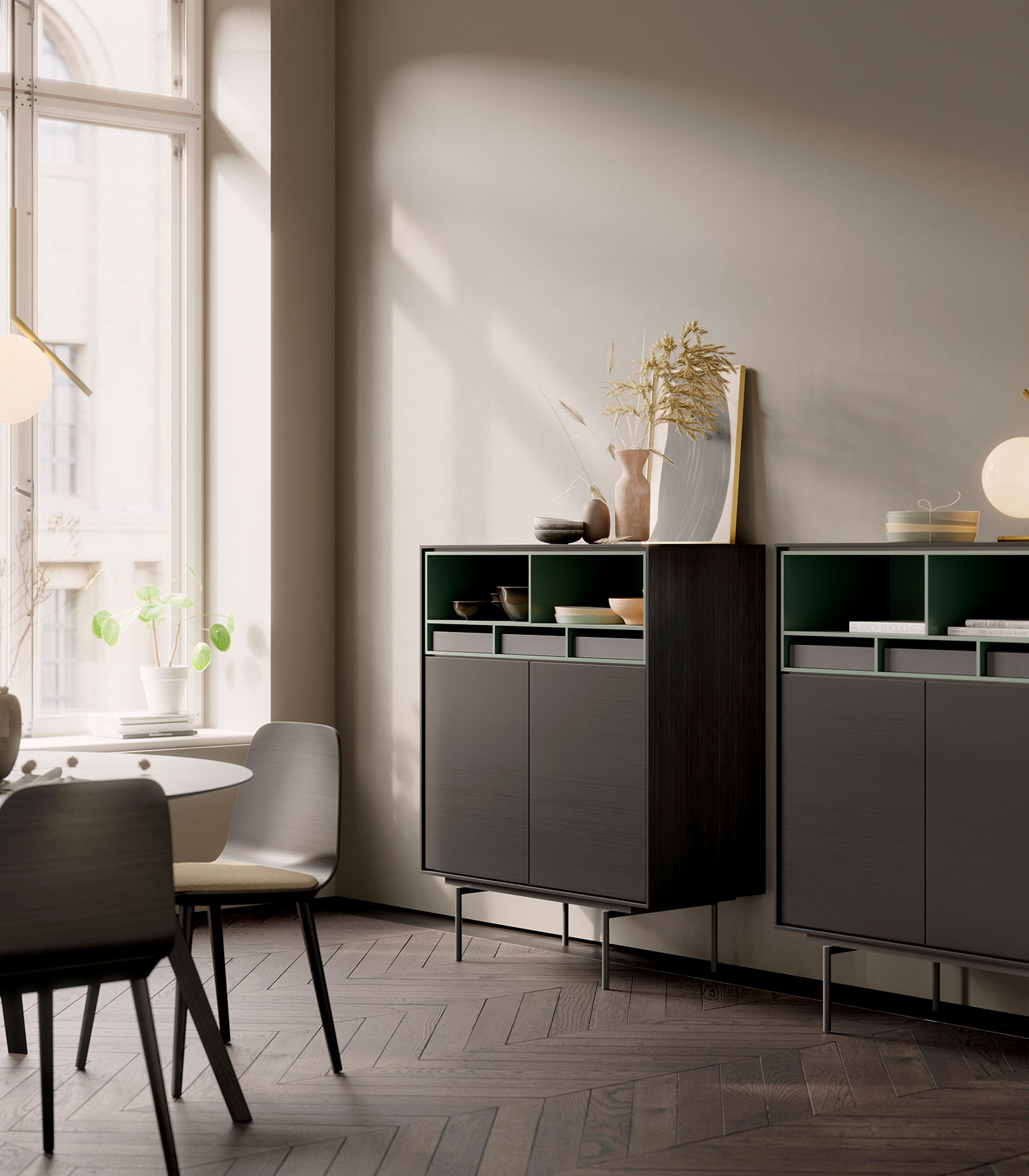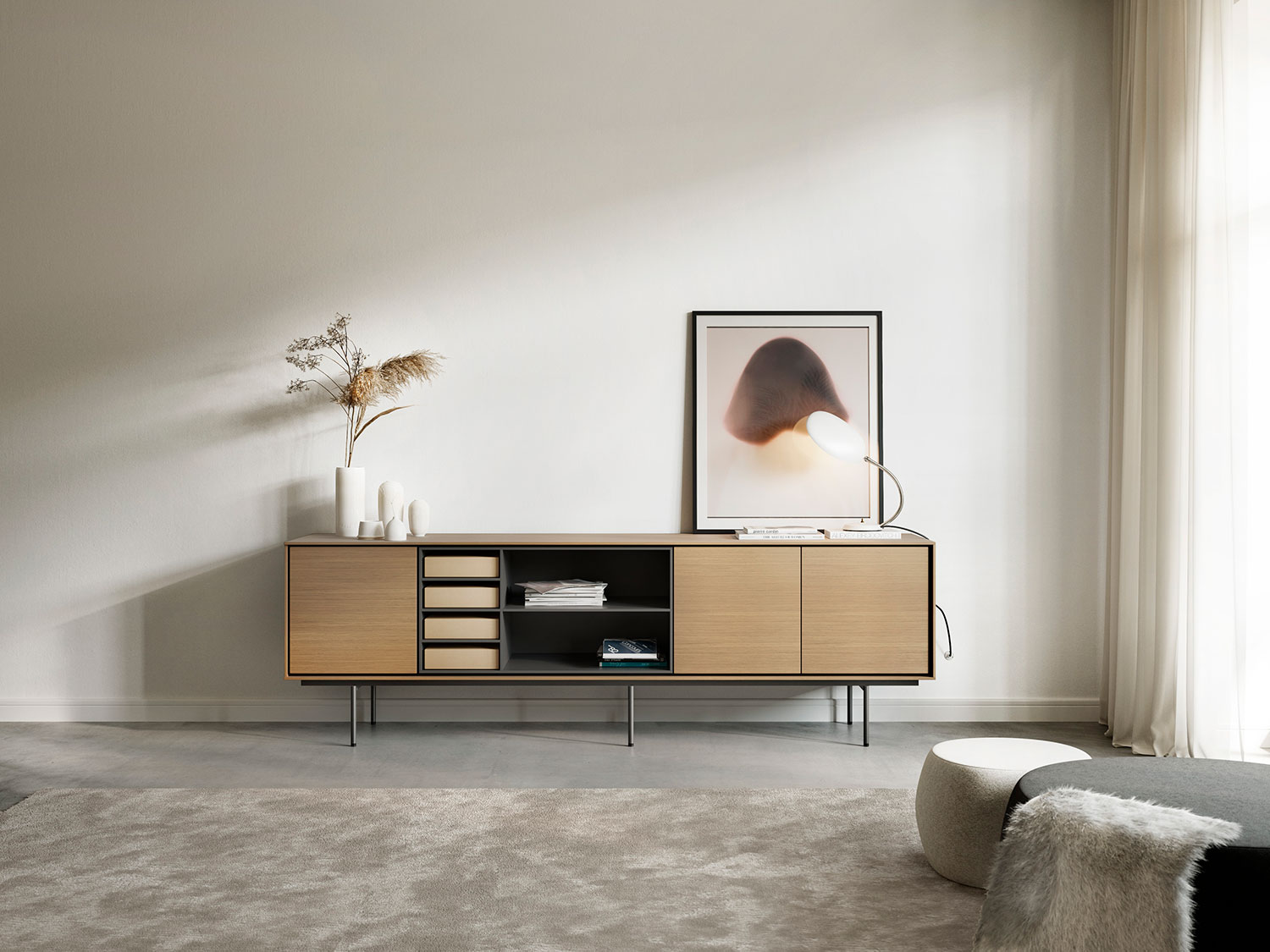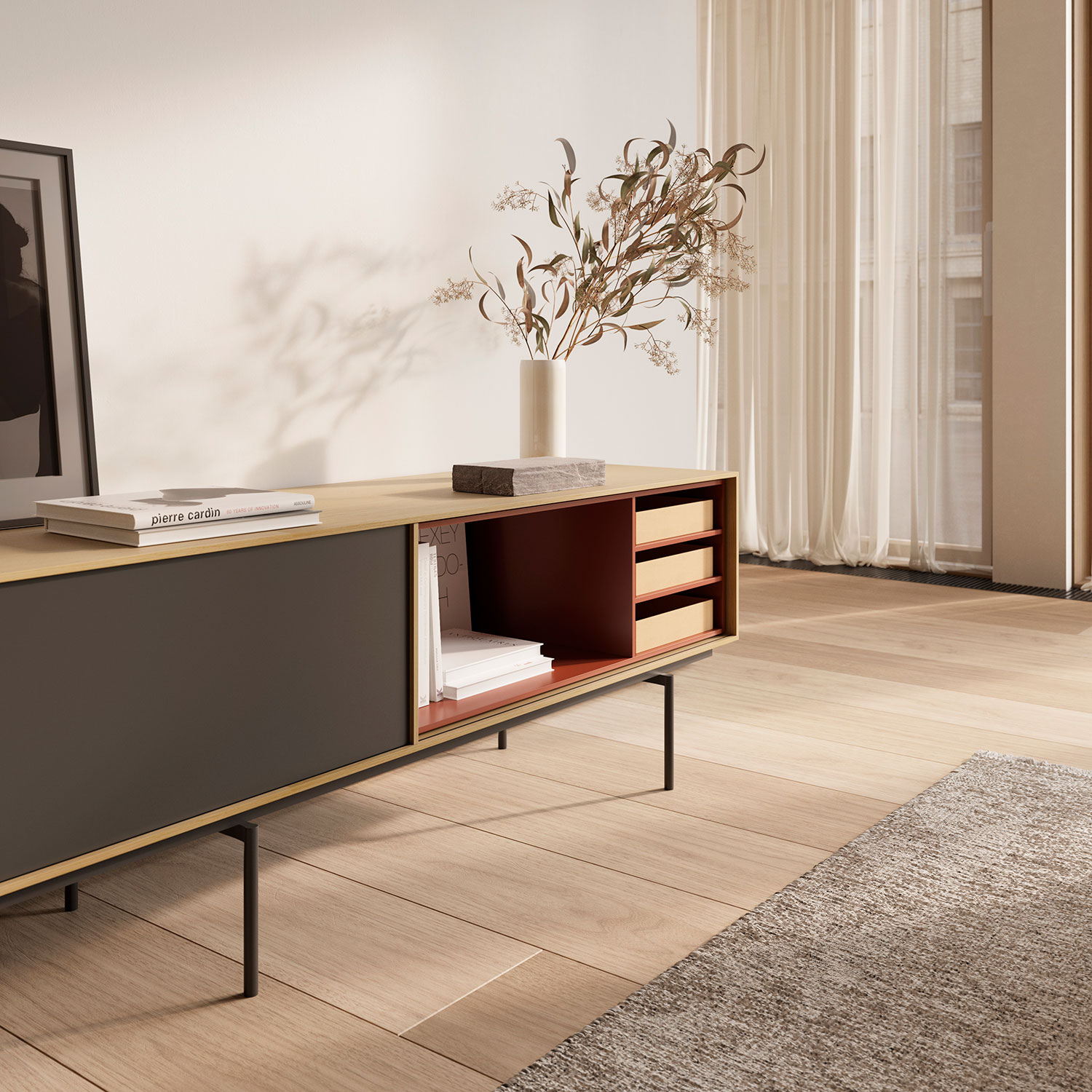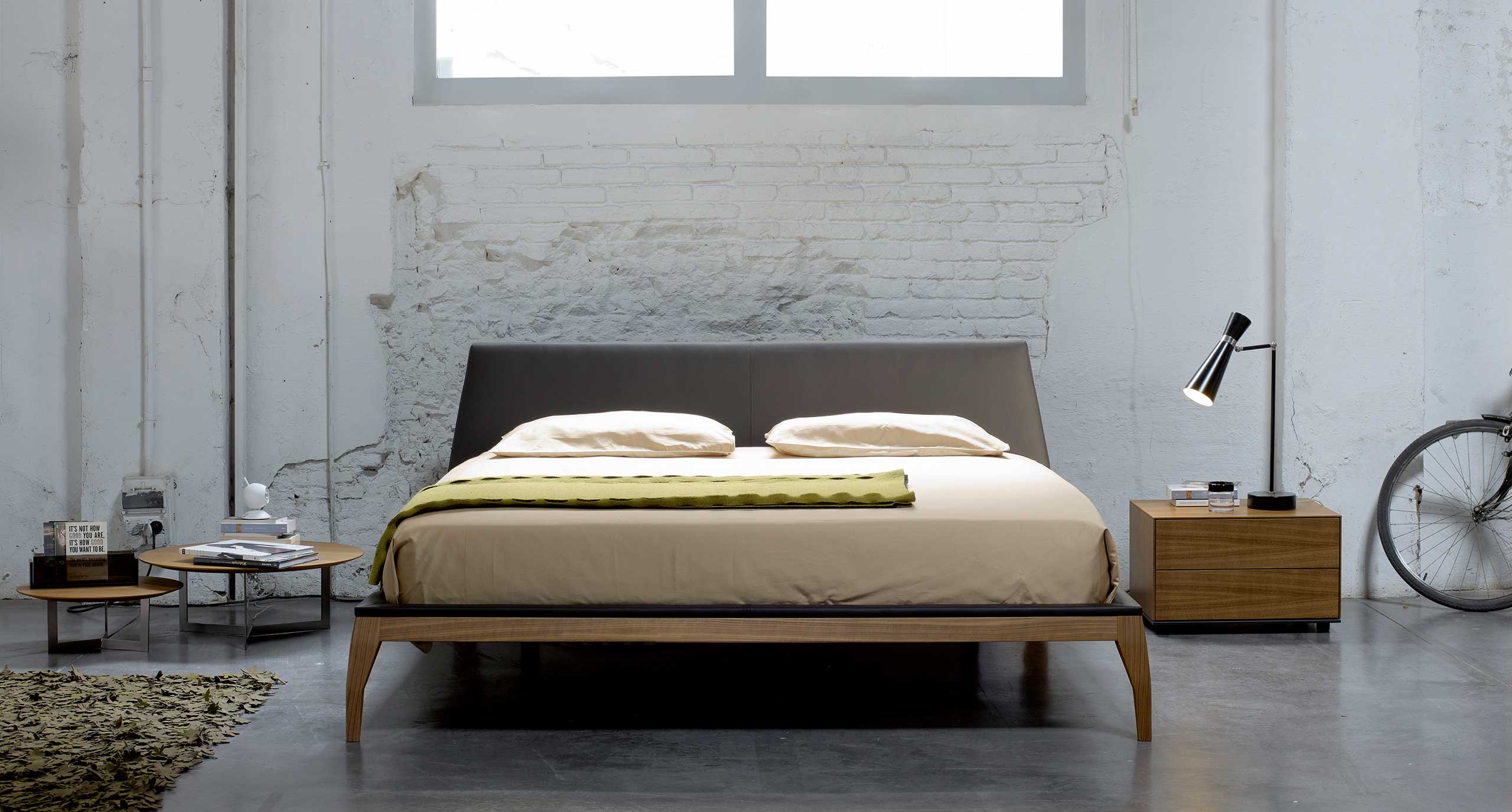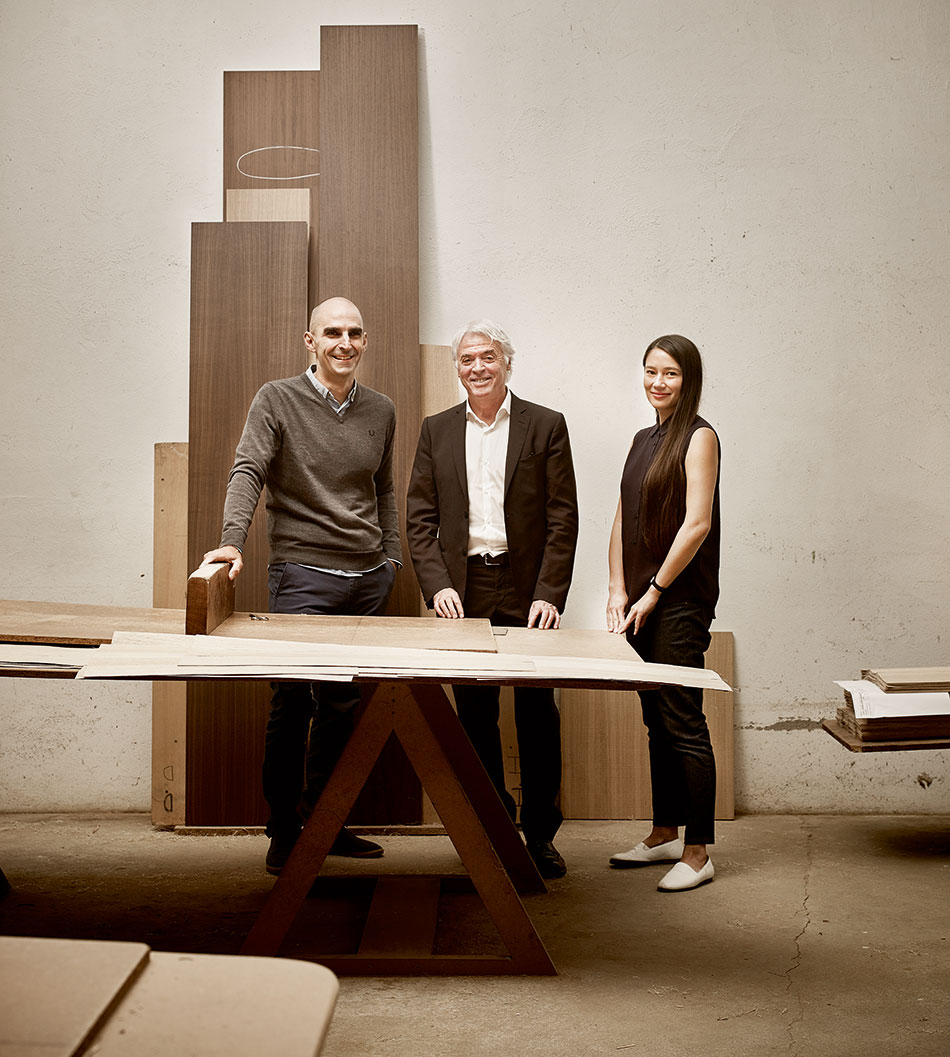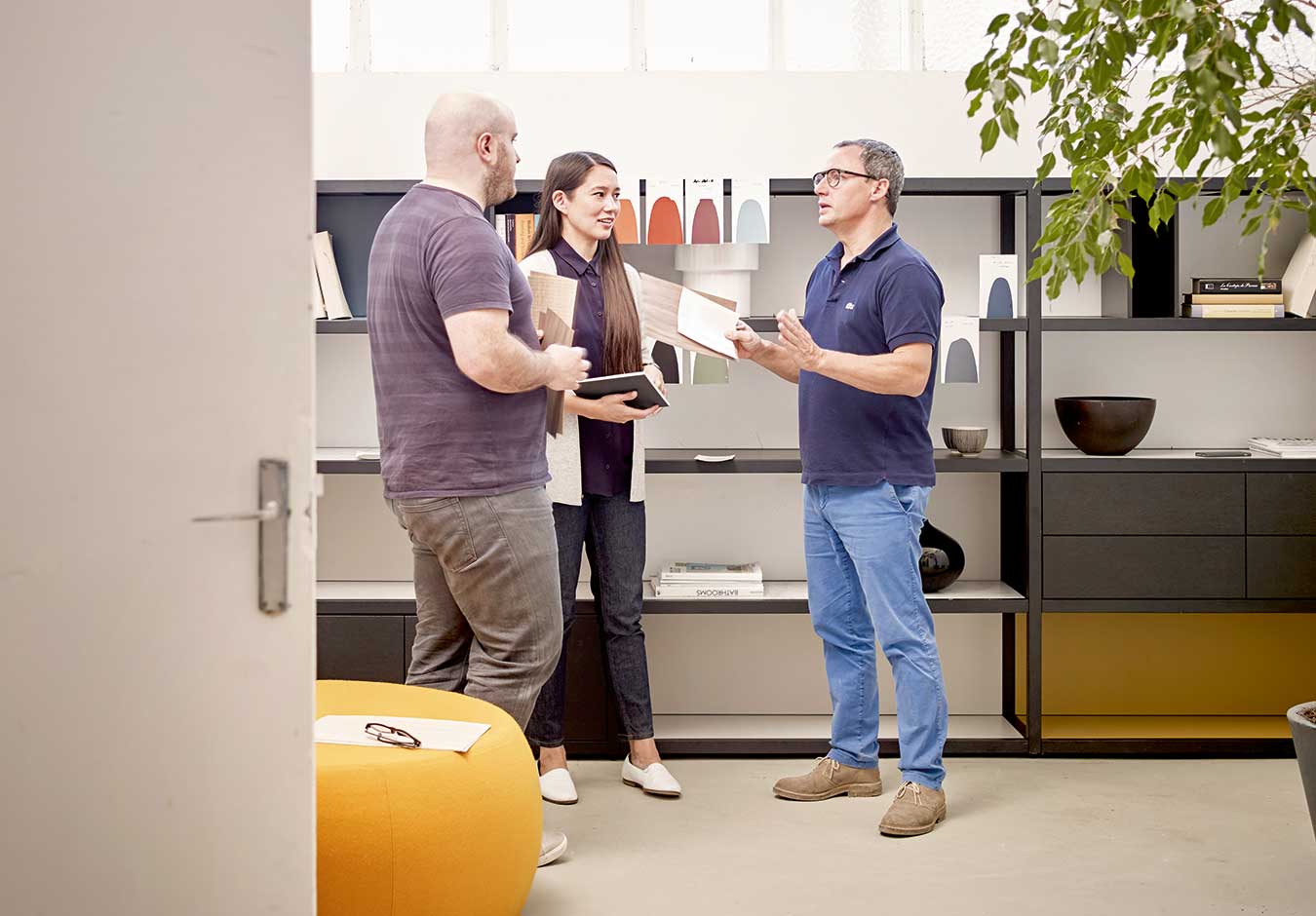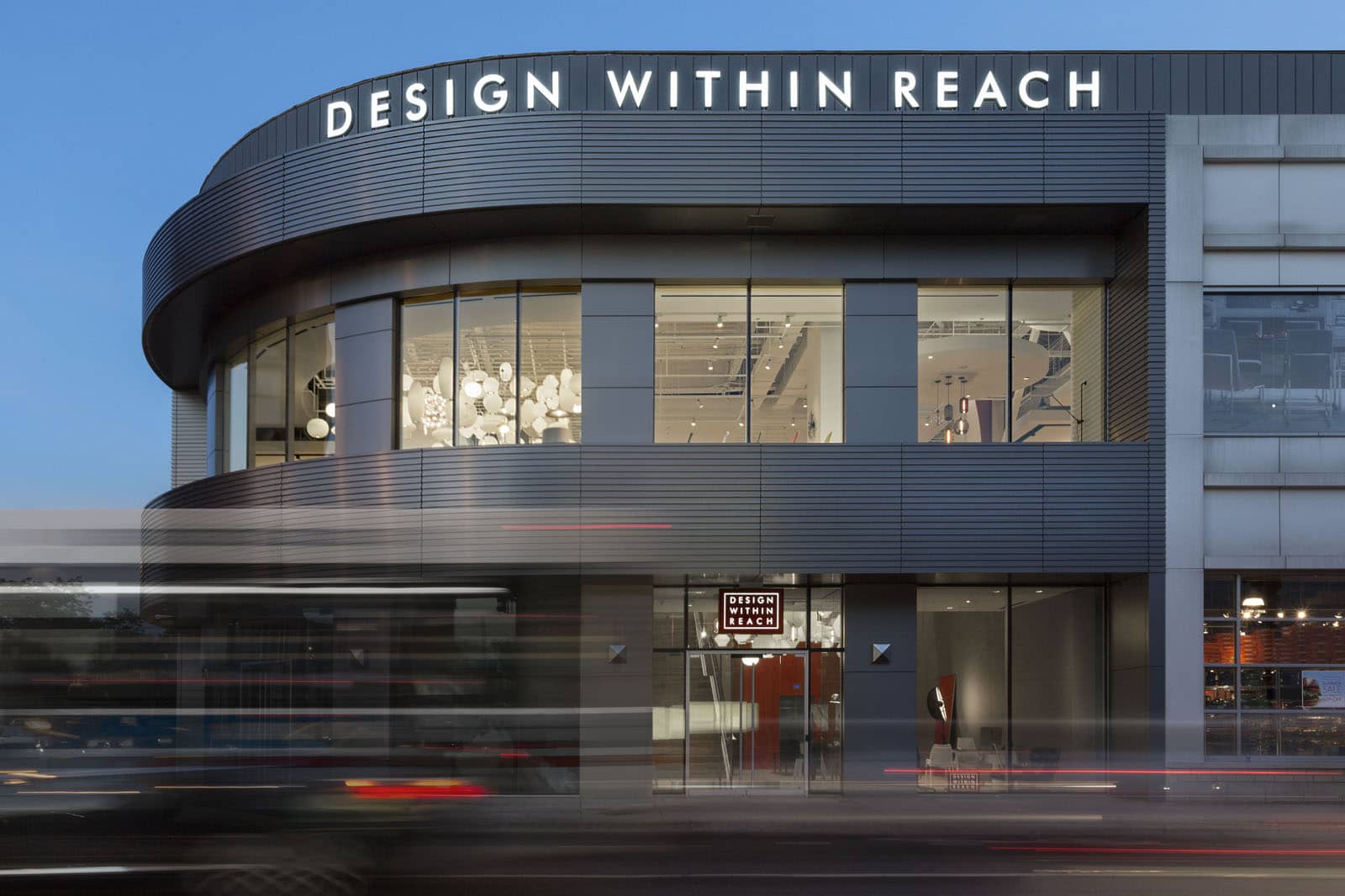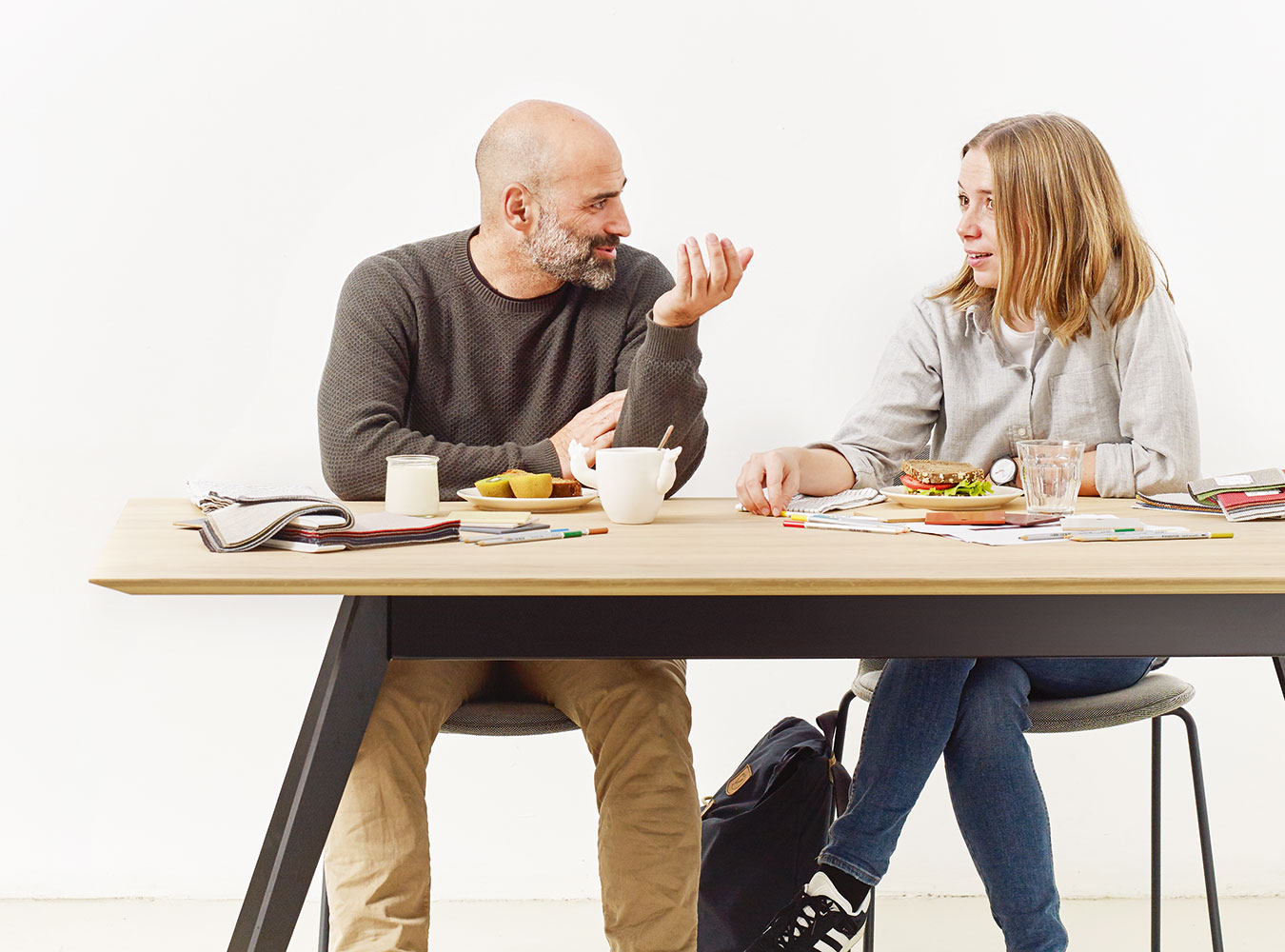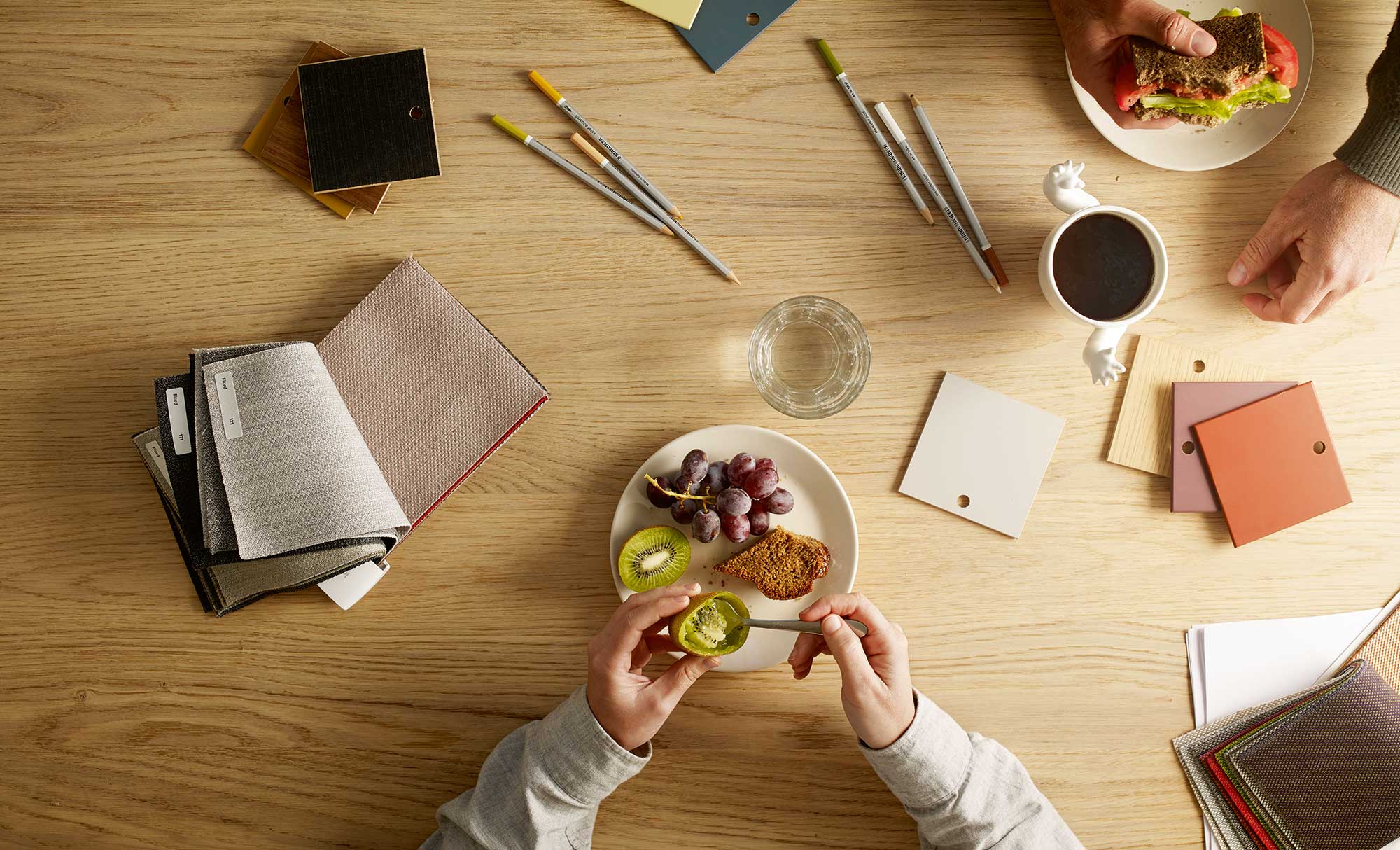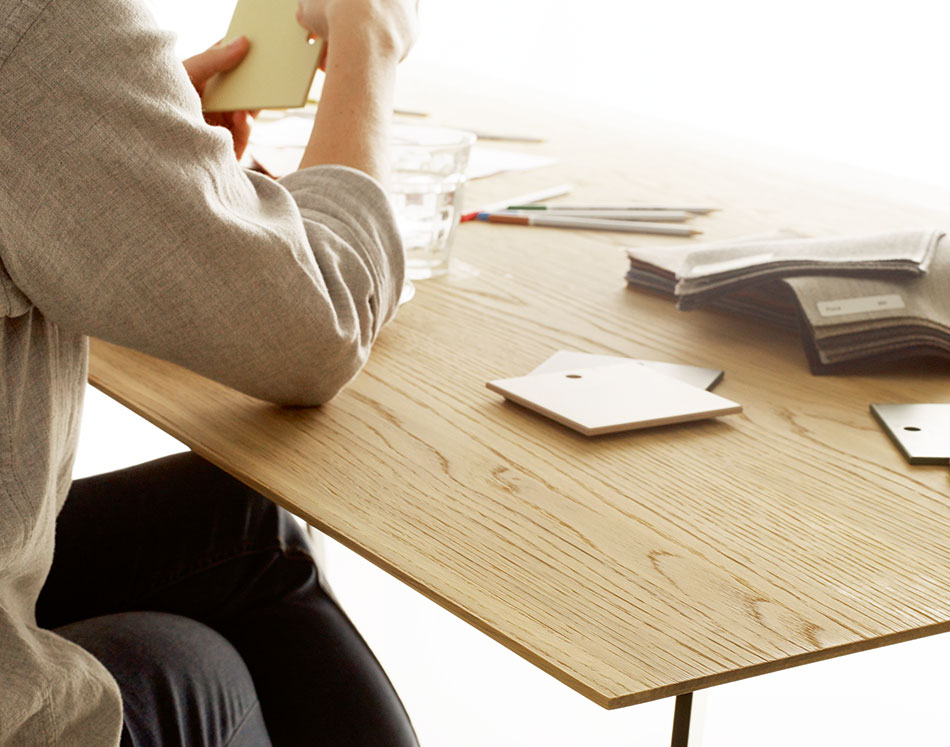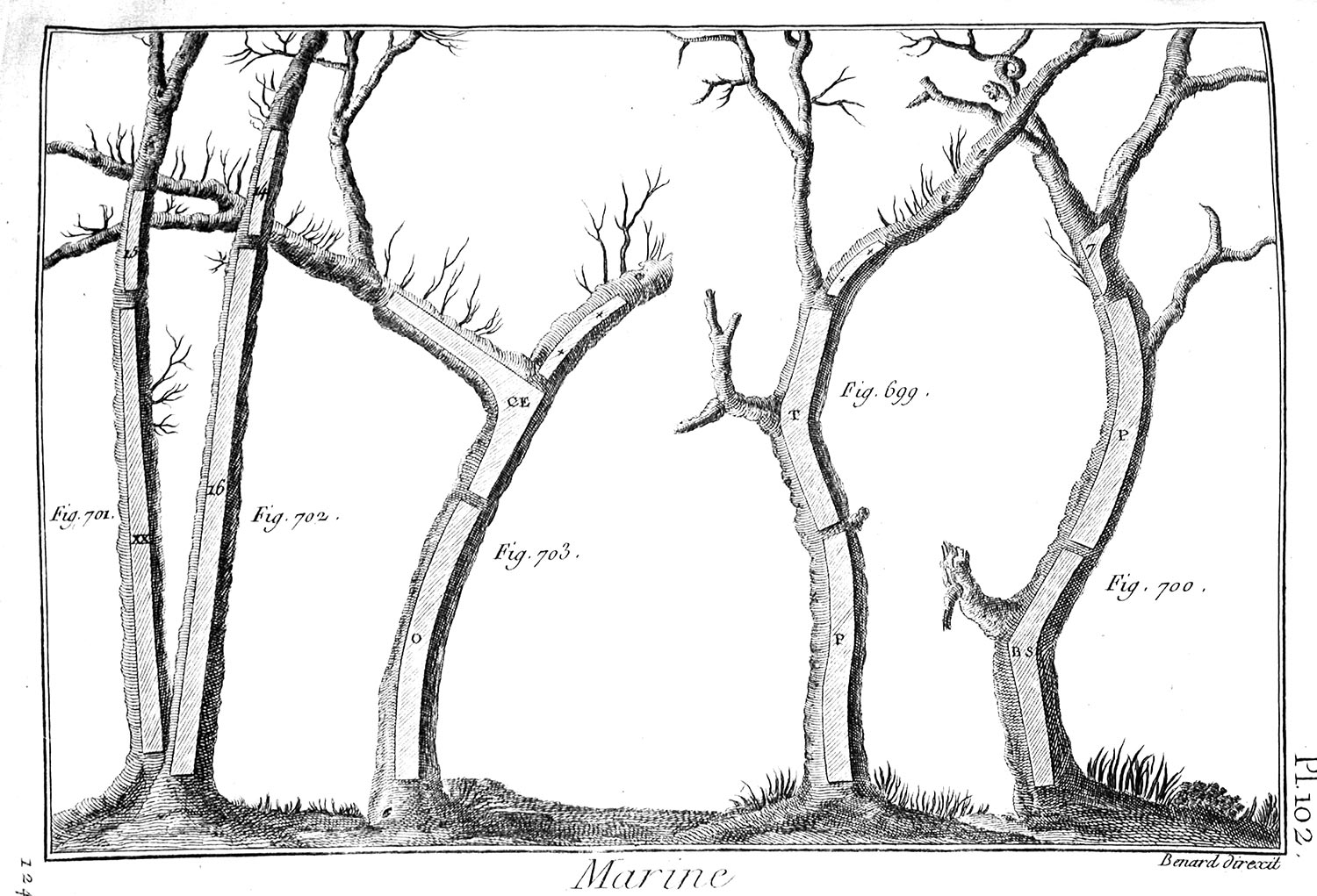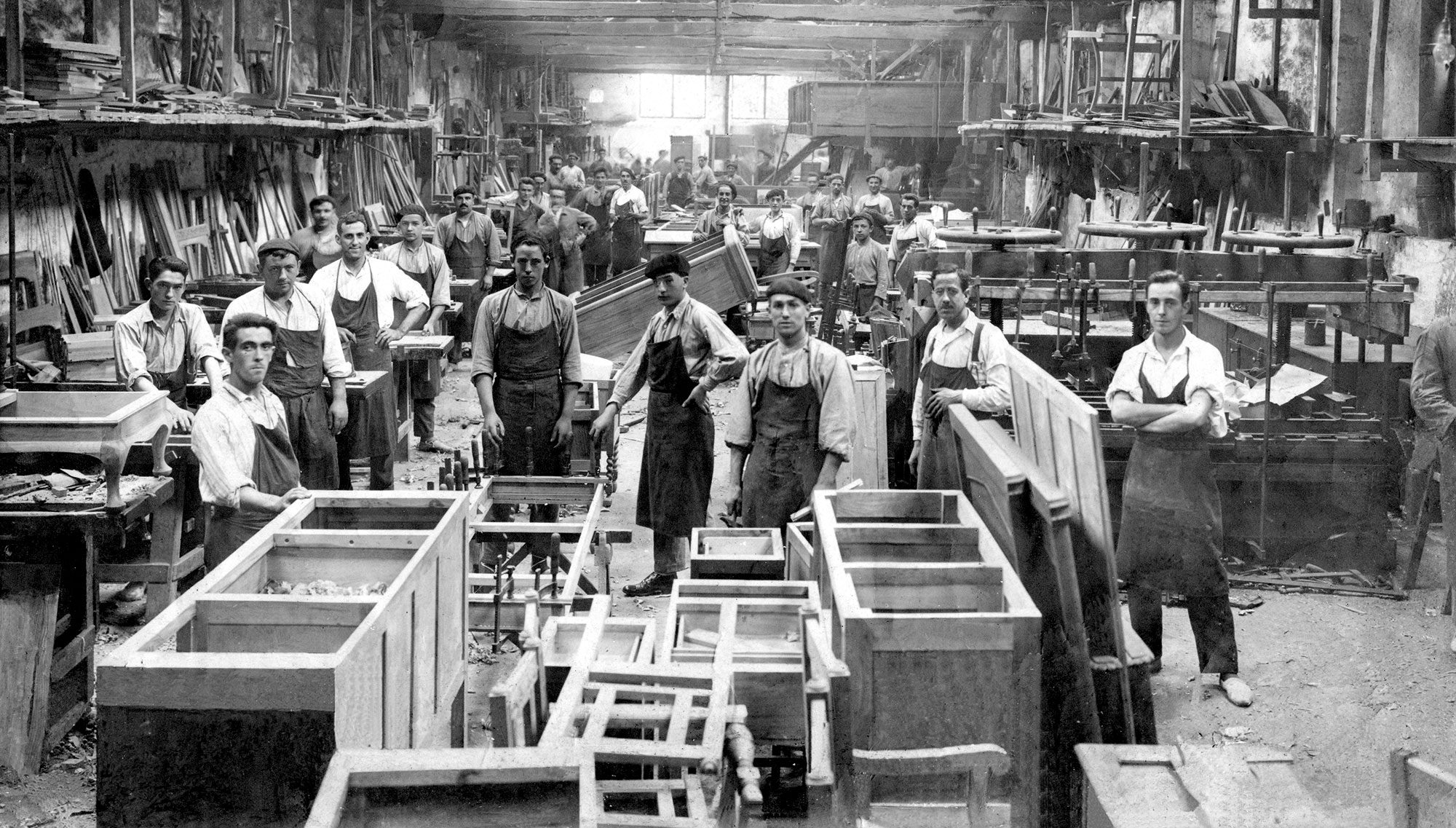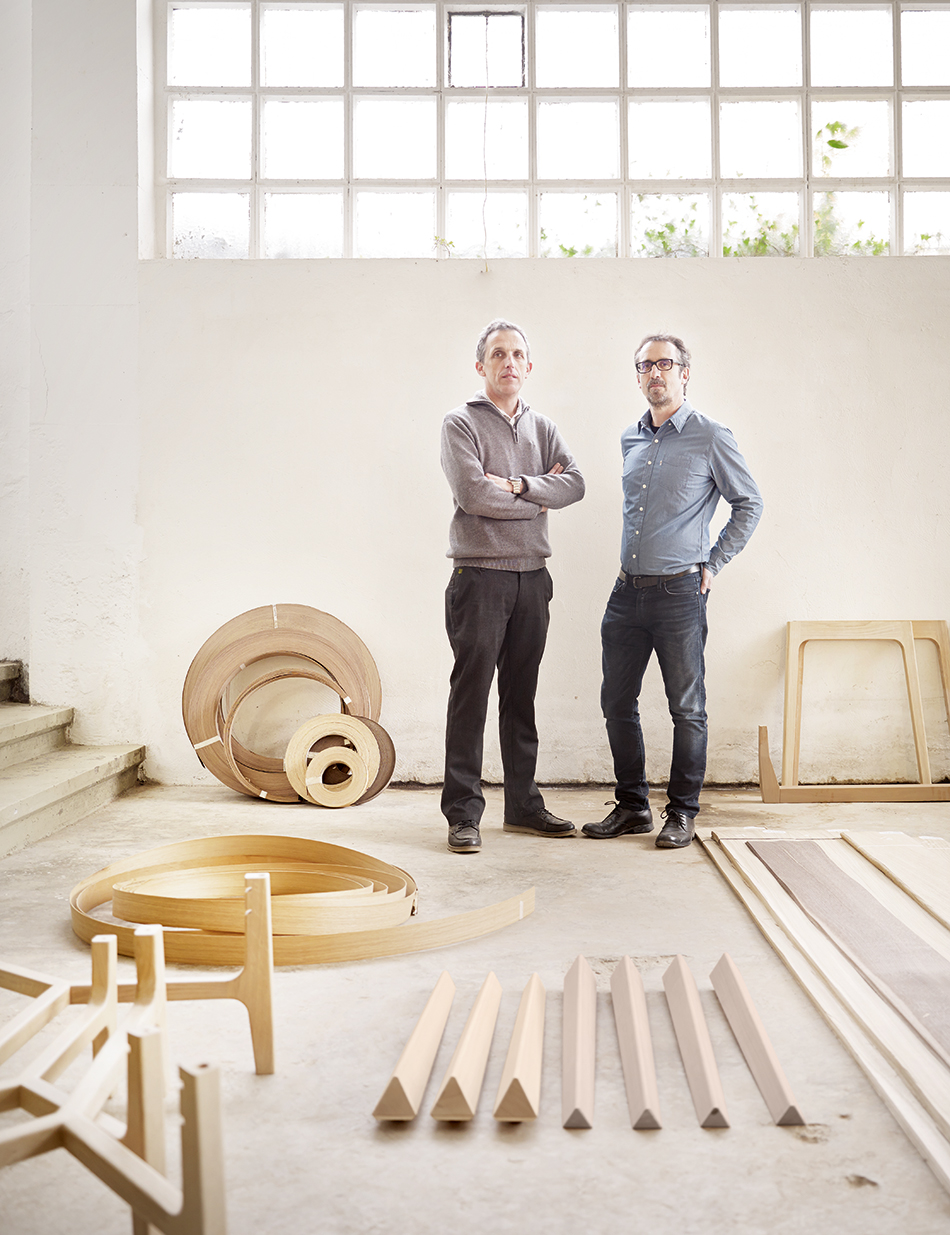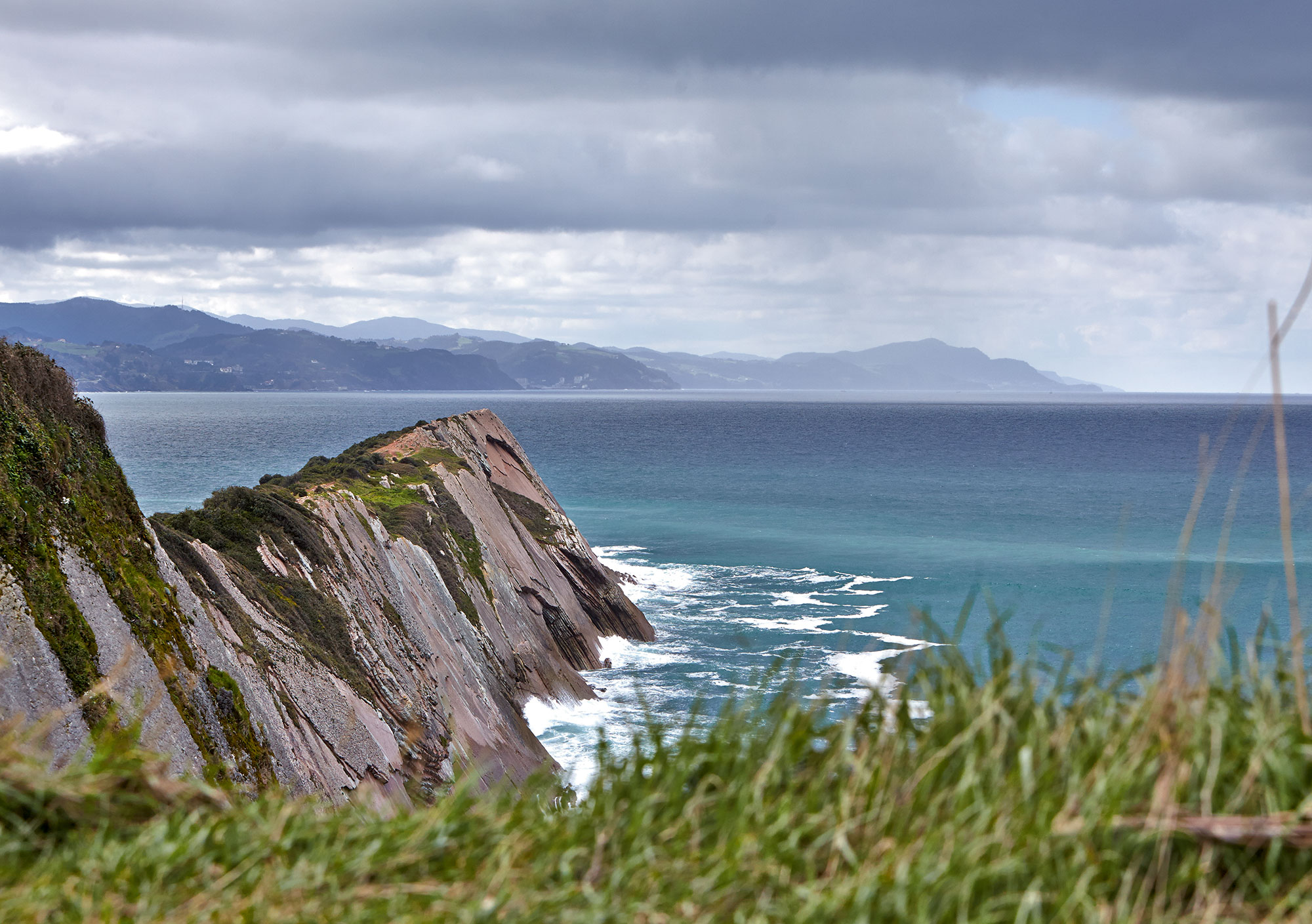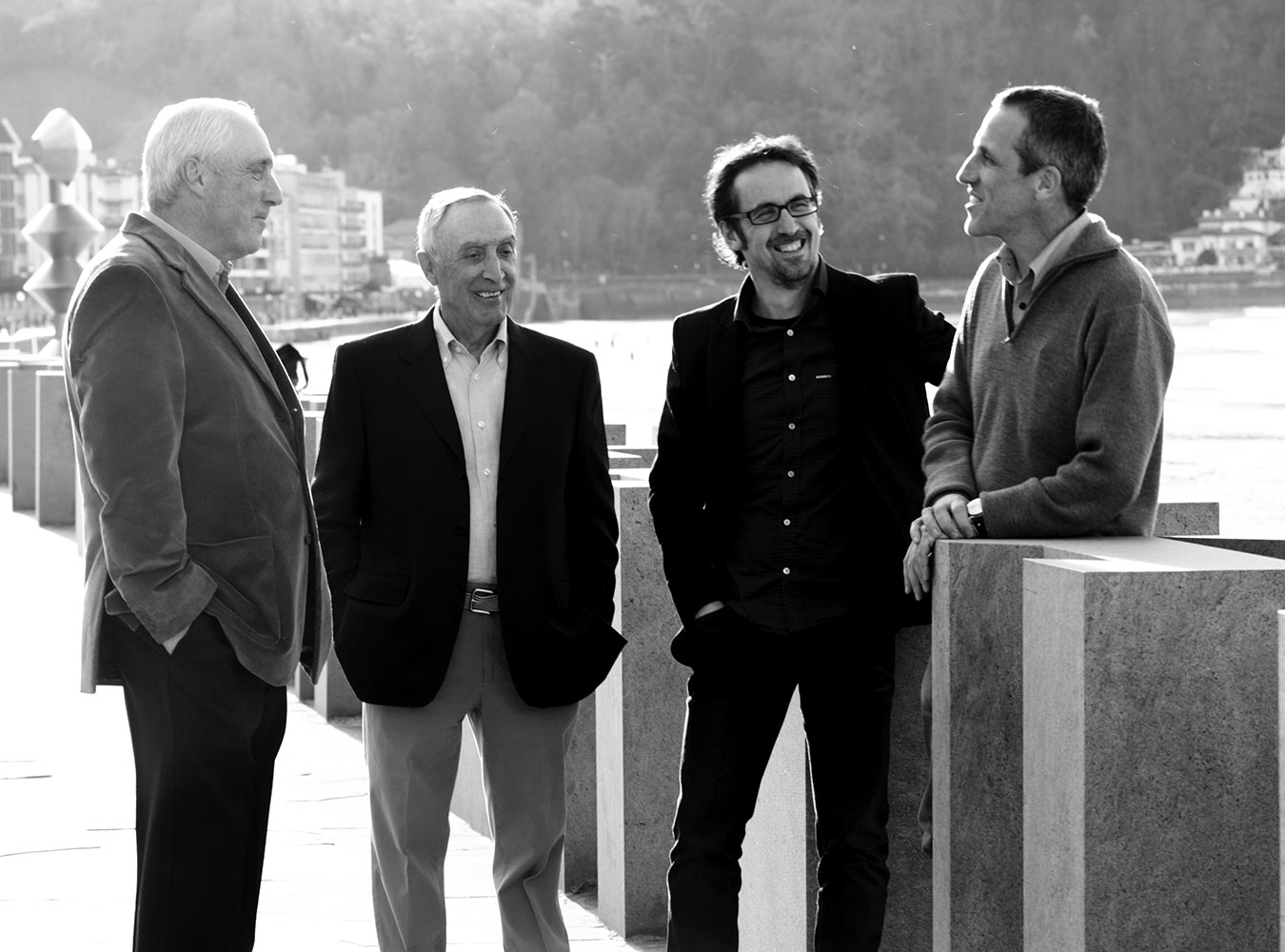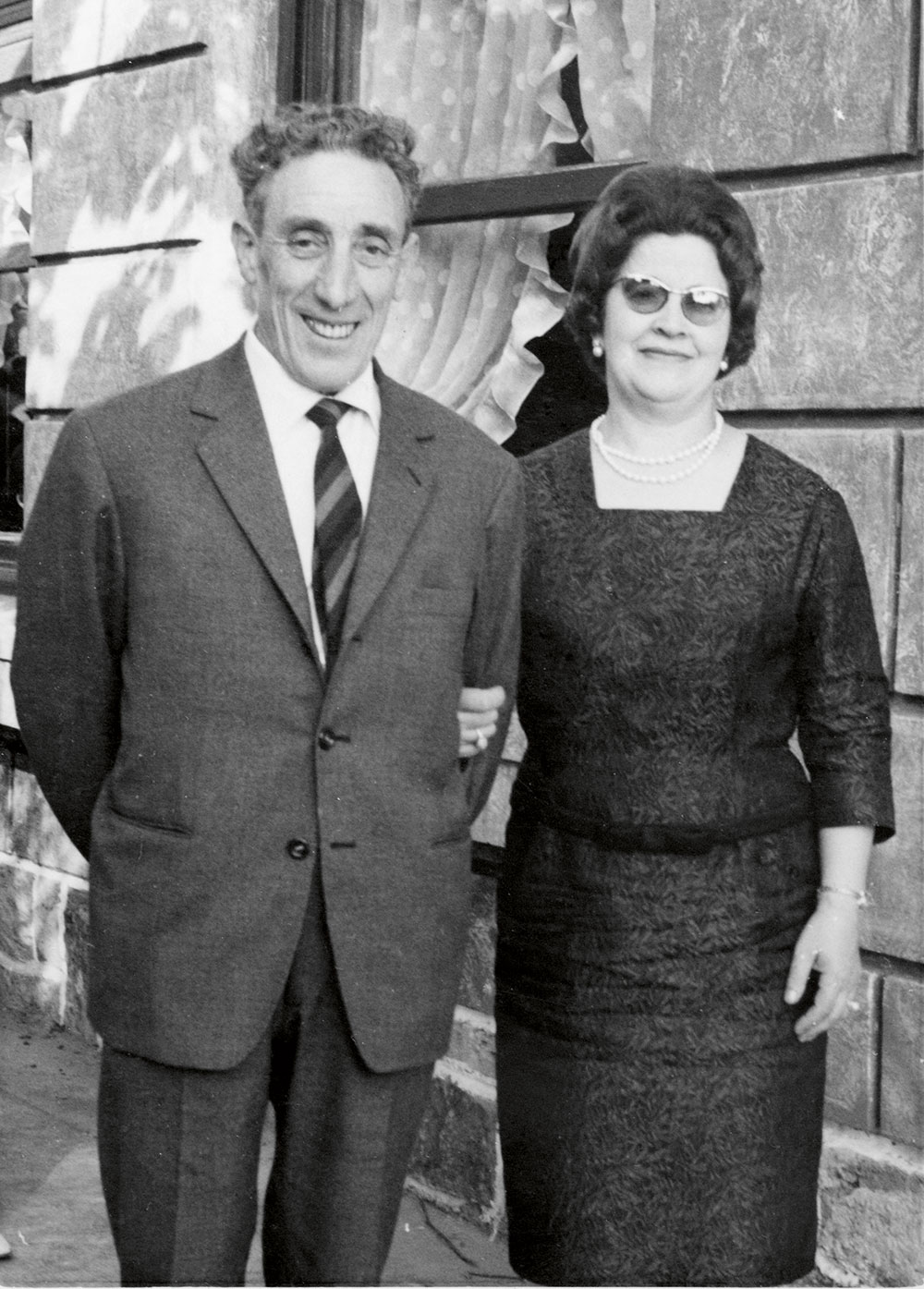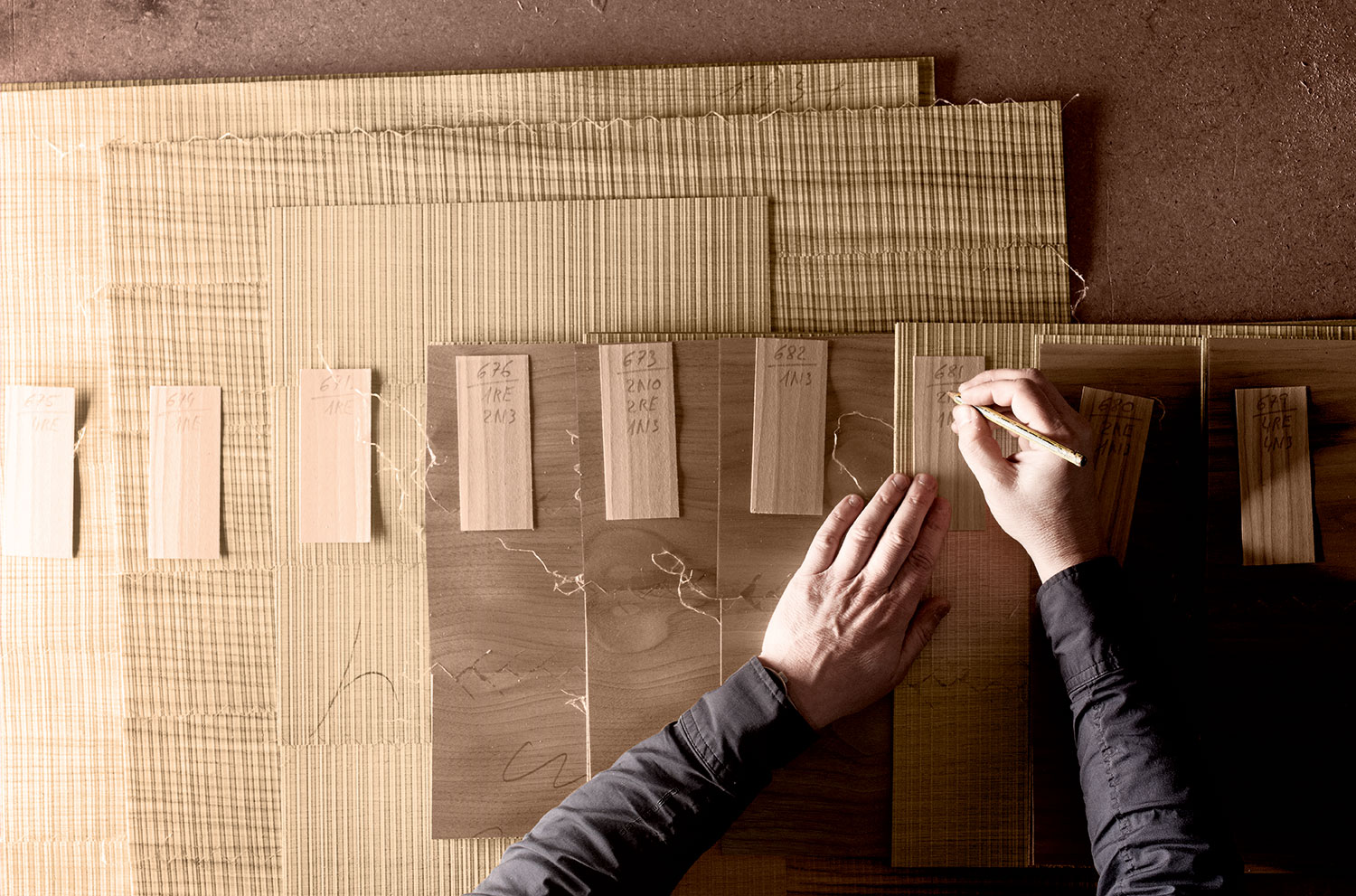Treku Celebrates its 75th Anniversary
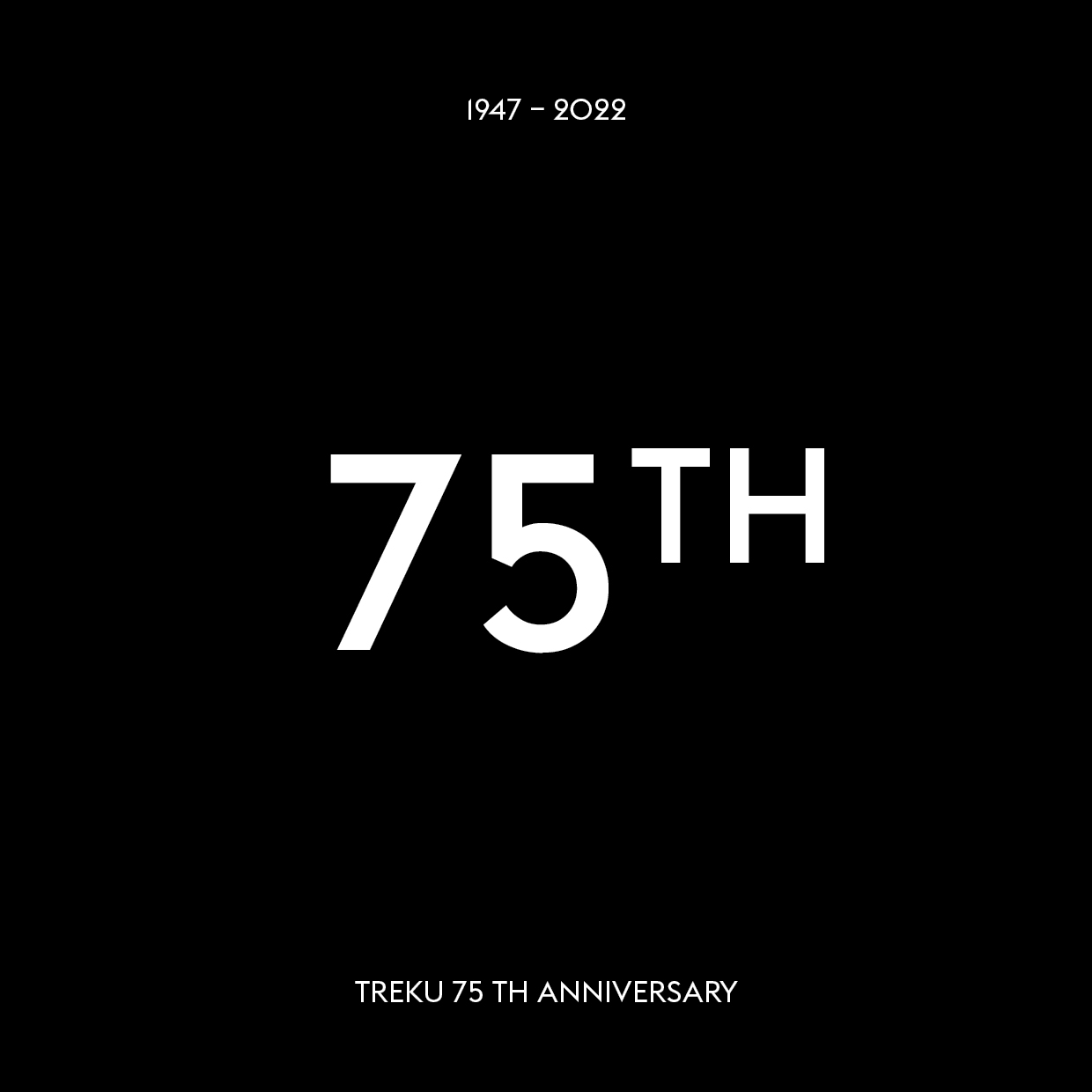
To say that Treku is 75 years old is a factual piece of information, but for us, it makes us realise how far we have come… and we are obviously very proud of that!
The past years have seen a variety of situations. Often joyful, sometimes sad, sometimes amusing or even comical. There is no shortage of anecdotes and we could even imagine making a film about it. One of them is a story we like to tell: the unexpected appearance of a cow in the middle of our factory during a customer visit! Cow had escaped from a nearby meadow and was completely lost, and had come to our workshop. It is easy to imagine the amazement of our visitors present that day!
At 75, we also look back and realise the incredible developments and changes that our societies have undergone: we have seen the birth of television, computers, mobile phones and of course, the internet!
Treku was created in 1947 at a time of European reconstruction and cultural, social and economic transformation. The founder, Jesus Aldabaldetreku, decided to open his carpentry business in Zarautz, a coastal town known since the 16th century for its great naval tradition and with a great knowledge of woodworking. Today, we continue to design and manufacture our furniture from the same location to all corners of the globe.
In this special year, we have one wish, and that is to have the pleasure of meeting you. There should be no shortage of opportunities, whether at a trade fair, a one-off event or in our future showroom in Donostia (San Sebastian). We will be able to share projects, illusions or questions that have been driving us and uniting us for so long.
You, who have trusted us for so long.
You, without whom nothing would have been possible.
Thank you. Infinitely.

